Vietnamese pottery is extremely diverse with many different types of pottery and many different pottery-making areas across the country. However, despite differences in geographical location, glaze, and manufacturing methods,
Vietnamese pottery still has one thing in common: it is created by talented craftsmen.
Phu Lang Pottery Village 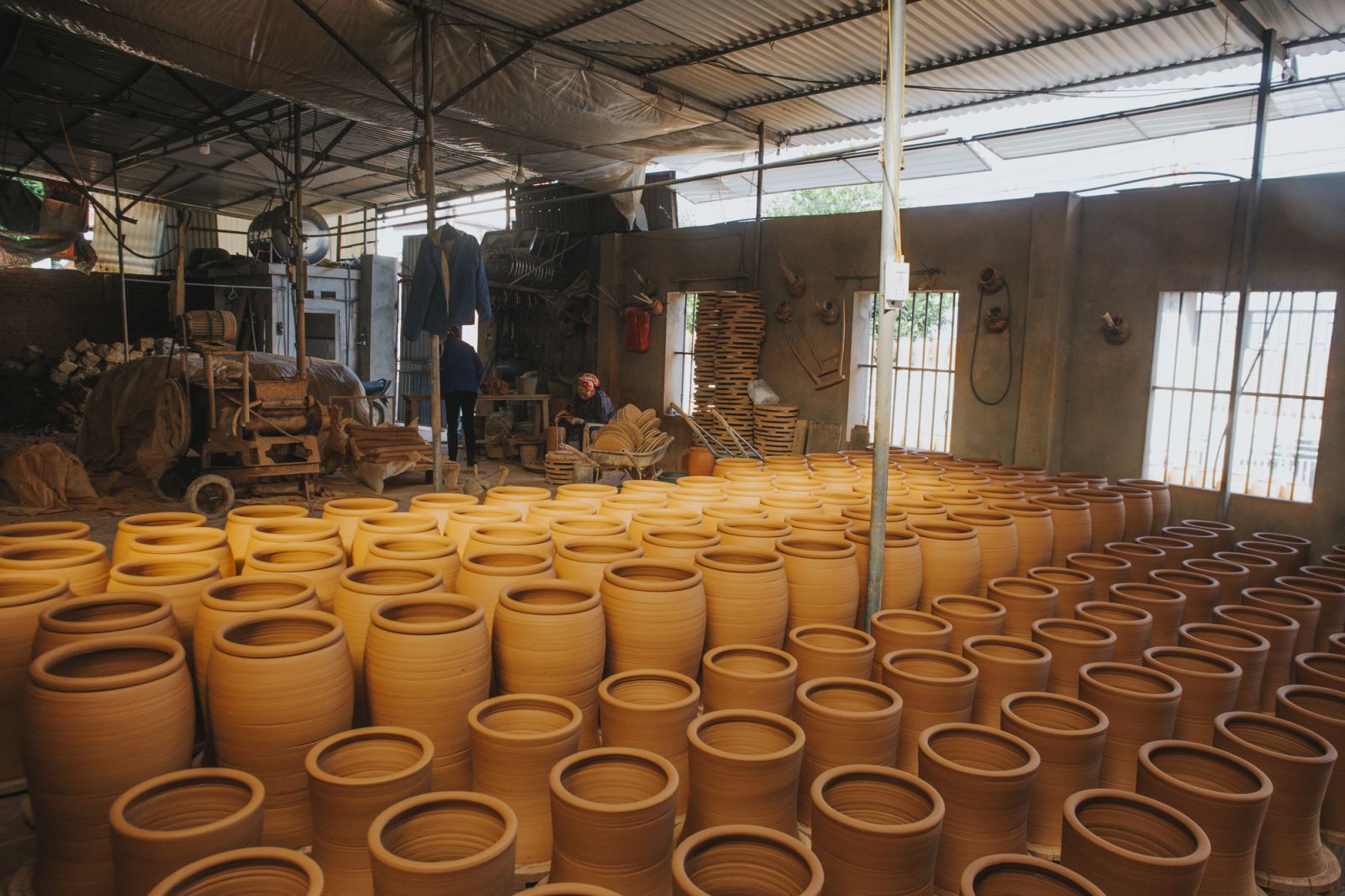
Address: Phu Lang Commune, Que Vo Town, Bac Ninh
Phu Lang Pottery Village is a famous traditional Vietnamese craft village that you can visit when coming to Bac Ninh. The characteristics of
Phu Lang pottery are products with eel skin glaze and unique embossing methods. The shape of the pottery brings a feeling of strength, solidity, and almost preserves the original beauty of the soil.
Phu Lang pottery was formed and developed at the same time as Bat Trang pottery. However,
Phu Lang pottery village only focuses on producing household pottery products, jars made from red clay. Up to now, with the determination to restore the traditional pottery craft,
Phu Lang pottery village has been revived. However, the product designs of
Phu Lang pottery are still not as diverse and rich as Bat Trang pottery.
Bat Trang pottery village 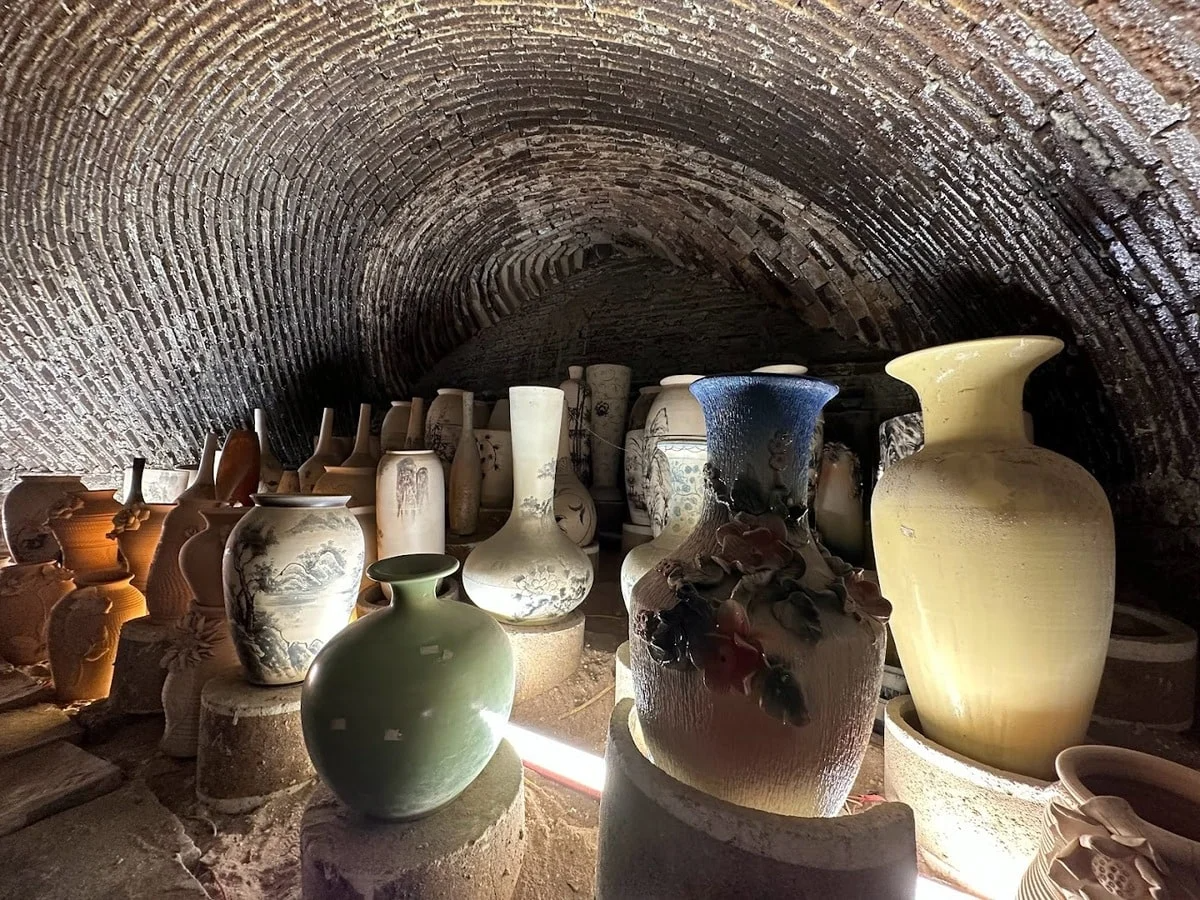
Address: Bat Trang commune, Gia Lam district, Hanoi
Bat Trang pottery village is one of the most famous traditional craft villages in Hanoi. This craft village has a history of over a hundred years and is one of the places that supply ceramic products for export. Not only is it a traditional craft village,
Bat Trang pottery village is also a tourist attraction that attracts a large number of visitors.
Thanh Ha pottery village 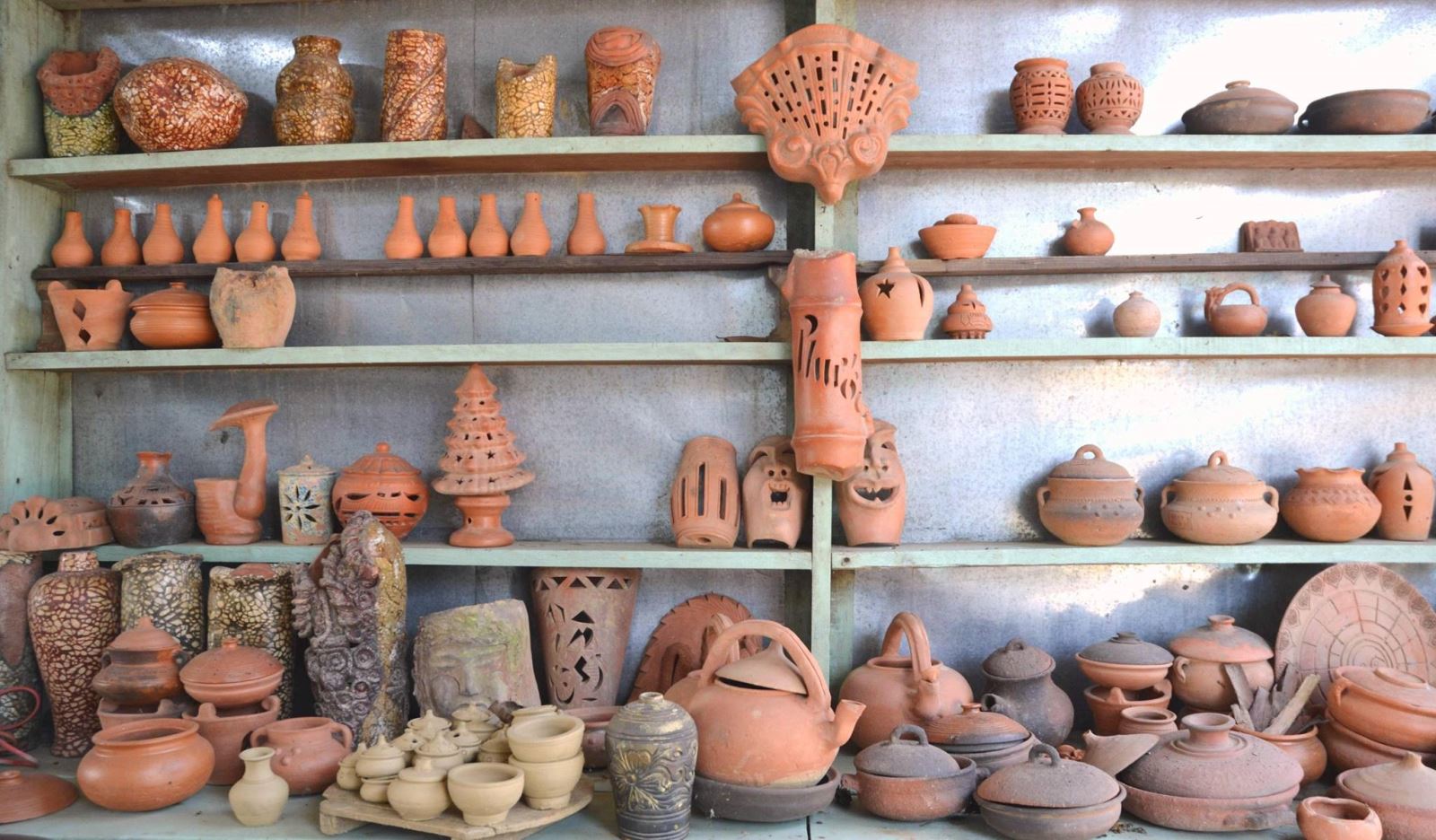
Address: Thanh Ha ward, Hoi An
Thanh Ha pottery village is a famous traditional craft village in the Central region, with a history of over 500 years. In particular, the 16th - 17th centuries were considered the golden age of
Thanh Ha pottery village, the pottery products here were known as "national specialties" and were used to pay tribute to the king. Today, when traveling to Hoi An and coming to
Thanh Ha pottery village, visitors will have the opportunity to admire the unique terracotta park with a scale of up to 6,000m2. In particular, you can also learn about traditional pottery and make pottery yourself.
Bau Truc pottery village 
Address: Phuoc Dan town, Ninh Phuoc district, Ninh Thuan
Bau Truc pottery village is one of the remaining Cham craft villages in the Central region of Vietnam. This craft village is famous for its ancient Cham pottery art and does not use a turntable. The beauty of pottery depends entirely on the skillful hands of the pottery artisan. The finished pottery will have a rustic color but clearly reflects the cultural imprint of the Cham people.
Lai Thieu Ceramic Village 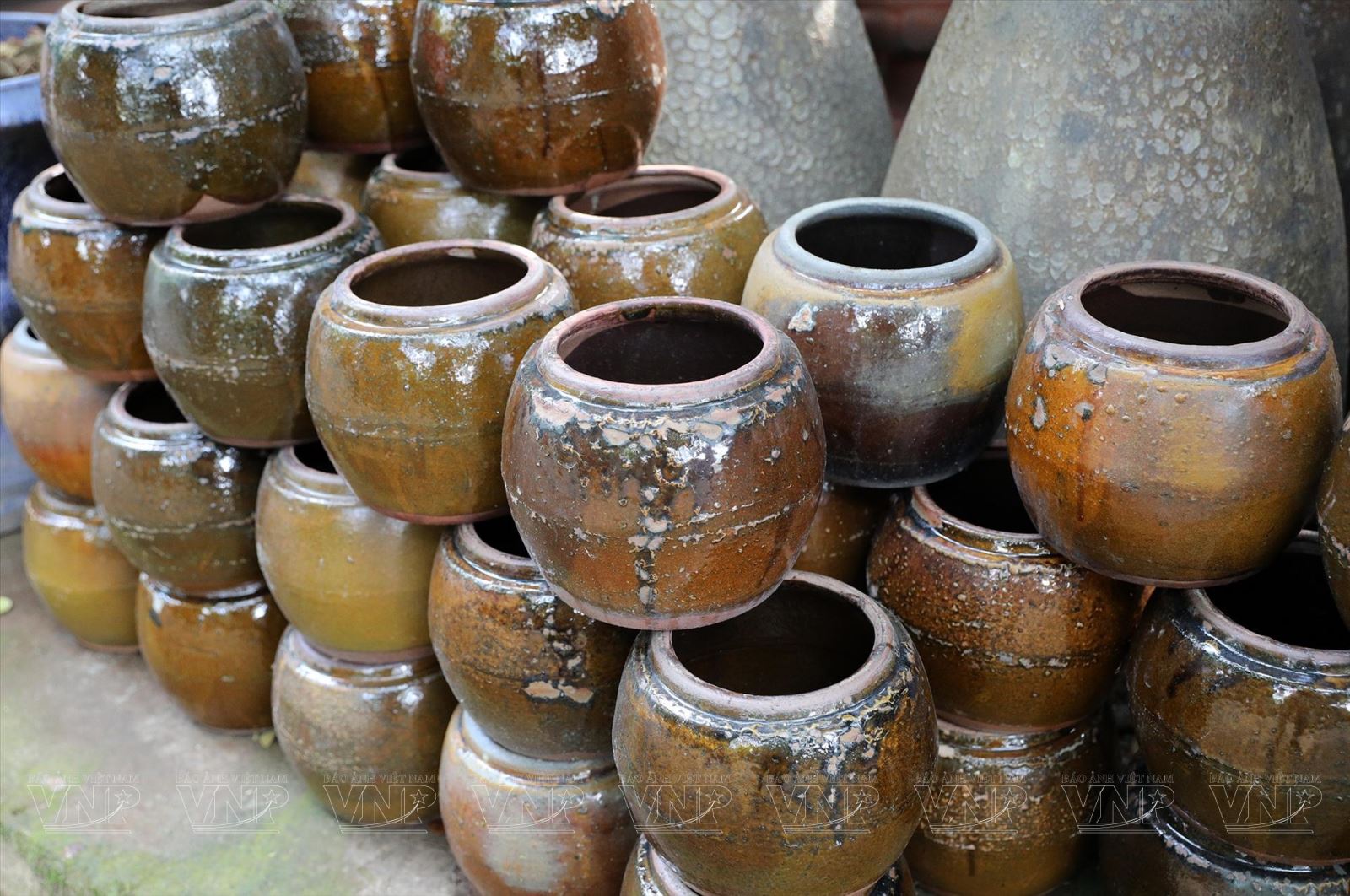
Address: Lai Thieu Ward, Thuan An City, Binh Duong
Lai Thieu Ceramics is a famous craft village in the Southern region with many sophisticated products and high artistic value. With the skillful hands of artisans,
Lai Thieu ceramic products not only stop at the domestic market but also reach far in the international market.
Chu Dau Ceramic Village 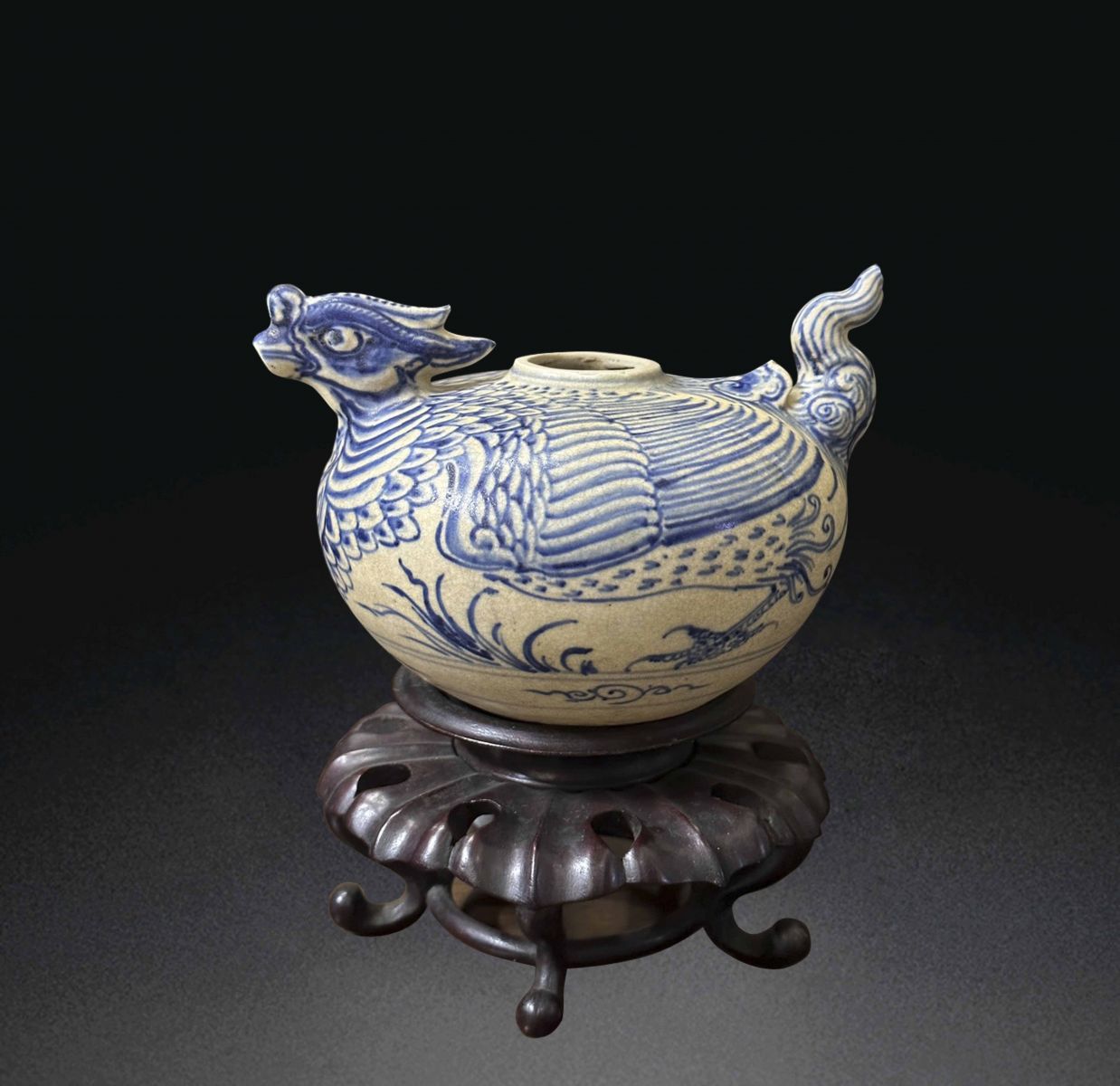
Address: Nam Sach District, Hai Duong
Chu Dau Ceramic Village is one of the earliest ceramic villages in Vietnam.
Chu Dau ceramics date back to around the 12th-13th centuries; flourished in the 15th-16th centuries. However, by the 17th century,
Chu Dau ceramics were lost. The characteristic of this ceramic line is that the shape, glaze color and patterns all bear a pure Vietnamese cultural identity; faithfully reflecting the civilization of the Red River Delta. Chu Dau ancient pottery is currently preserved in 46 famous museums in 32 countries around the world. In 2001, after 400 years of disappearance, Chu Dau ancient pottery was restored.






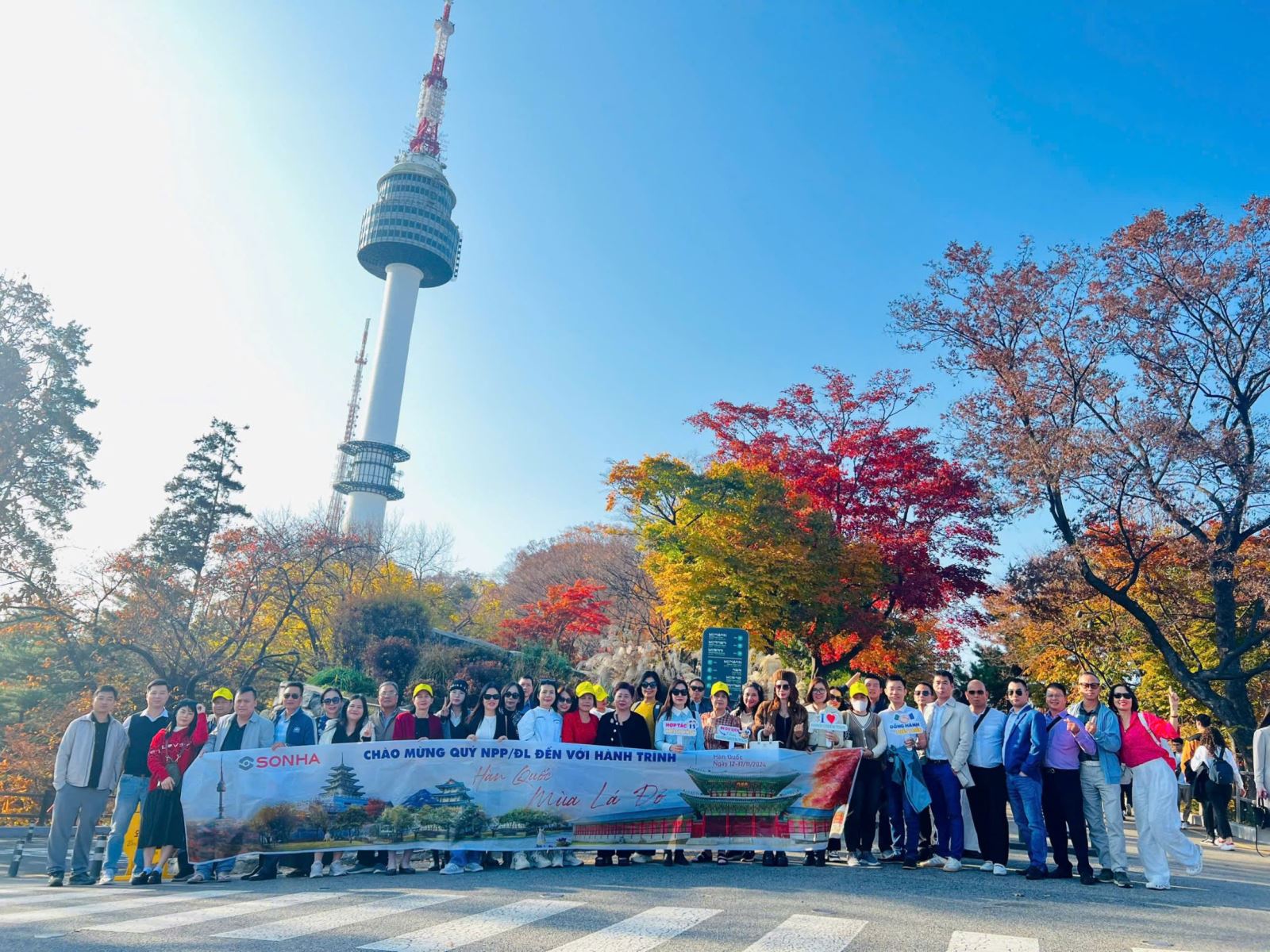



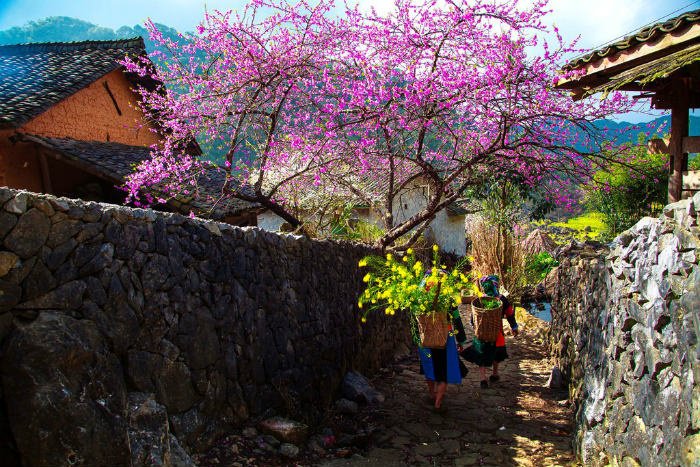
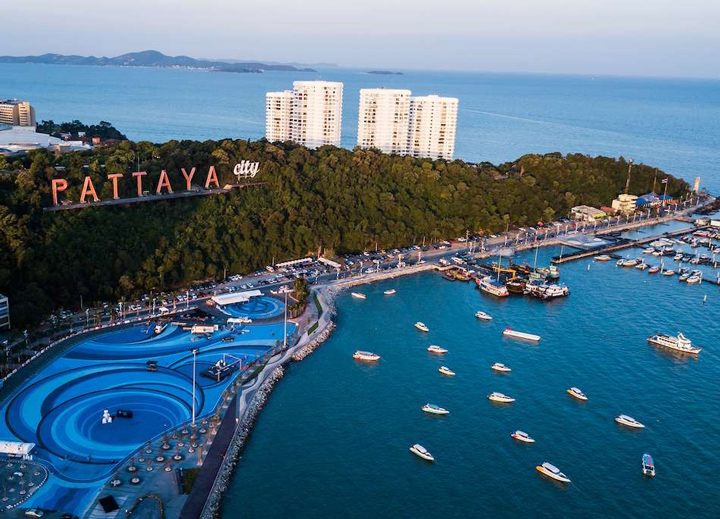

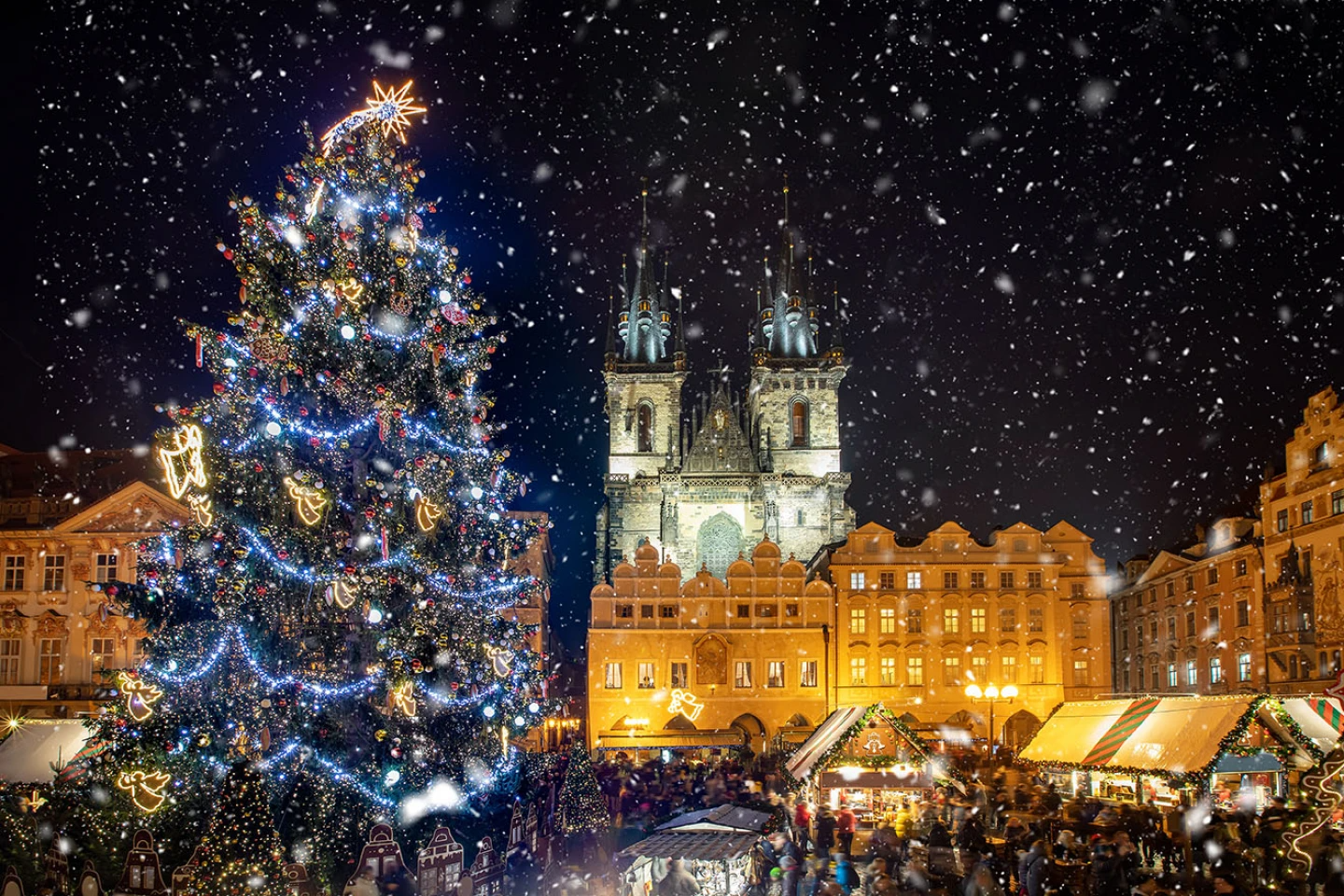




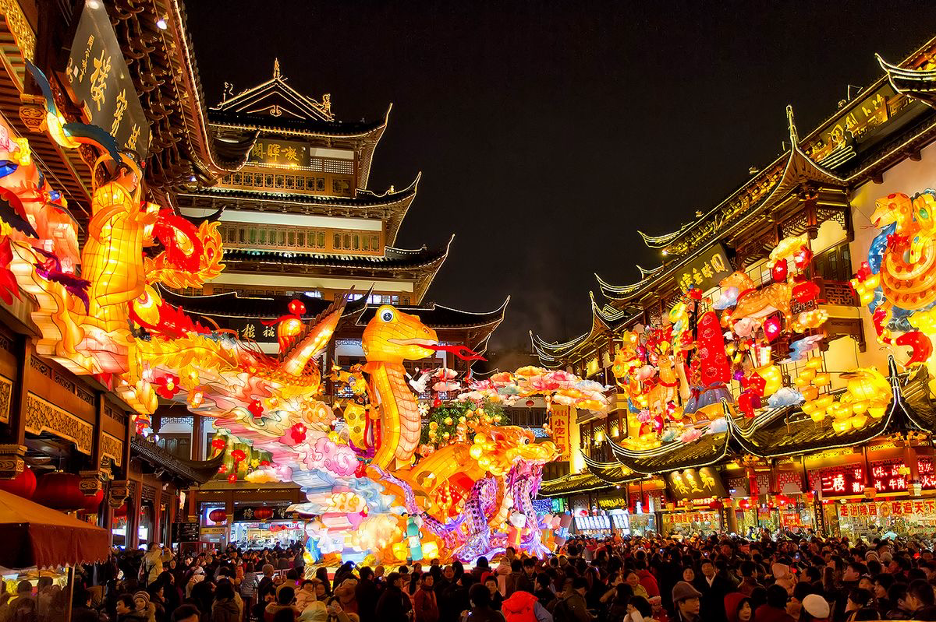






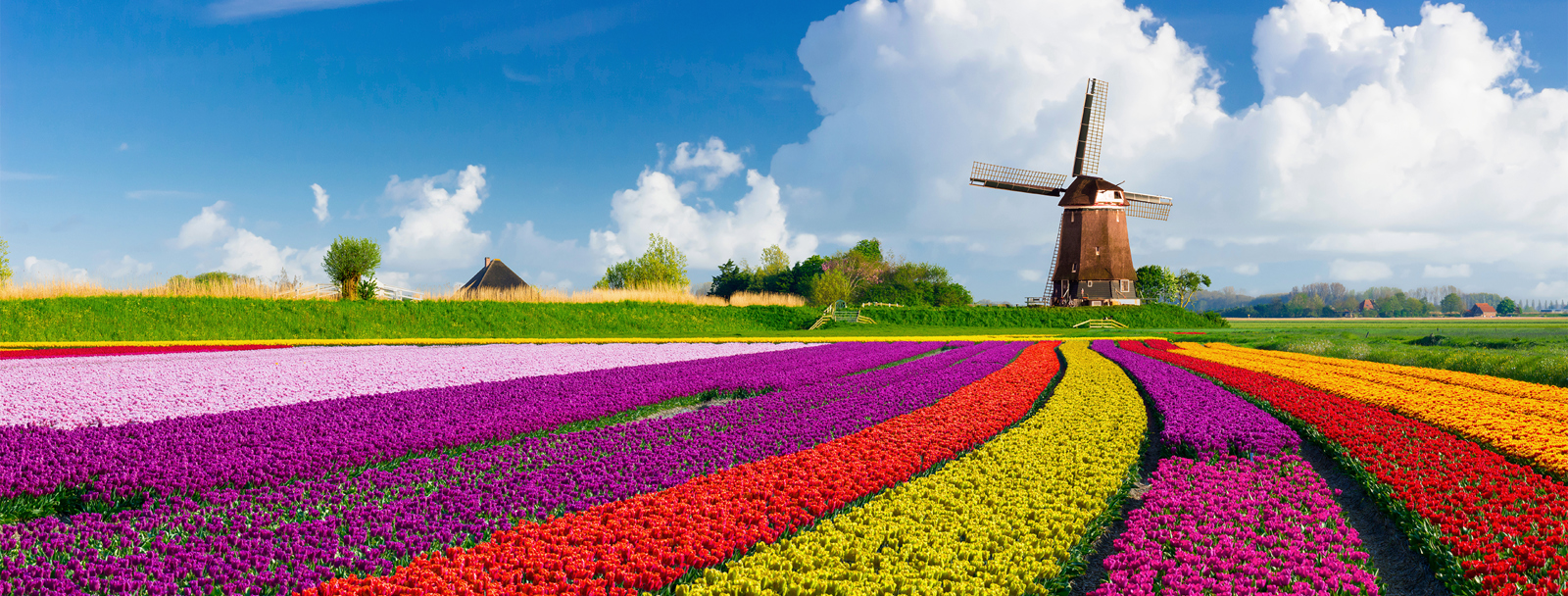





.jpg)







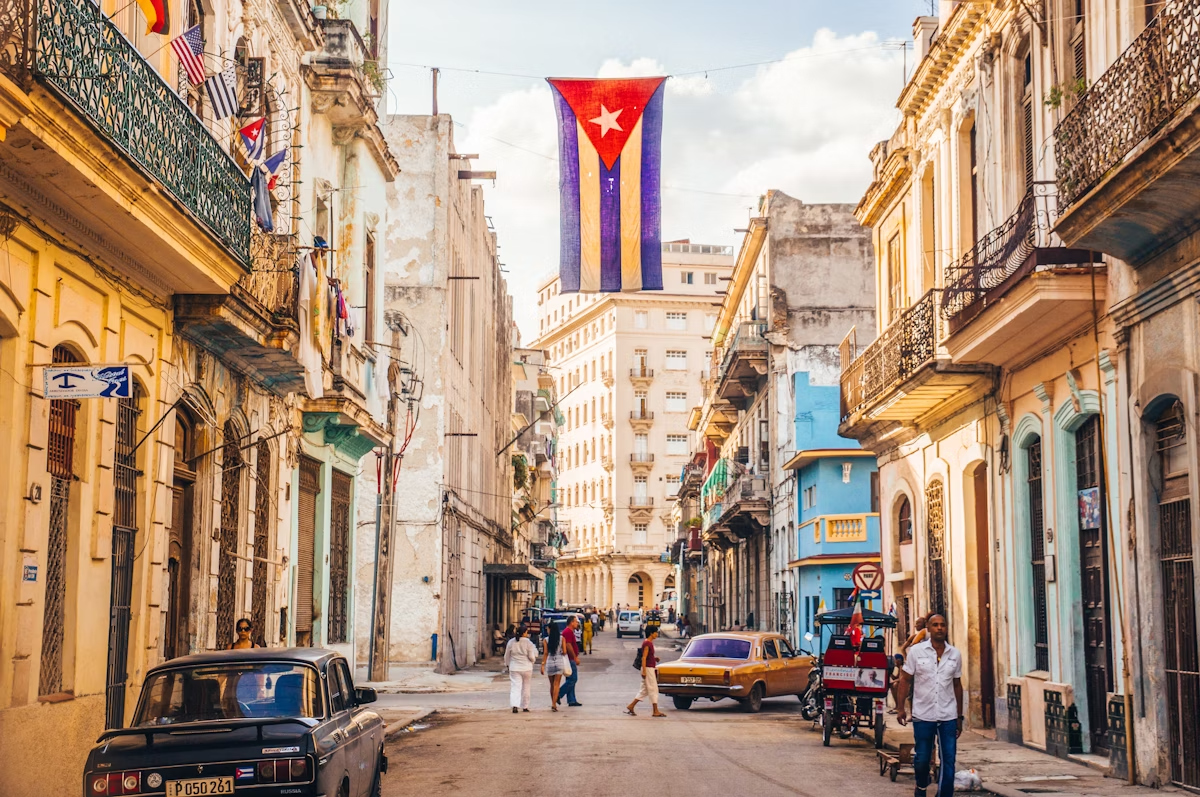











.png)




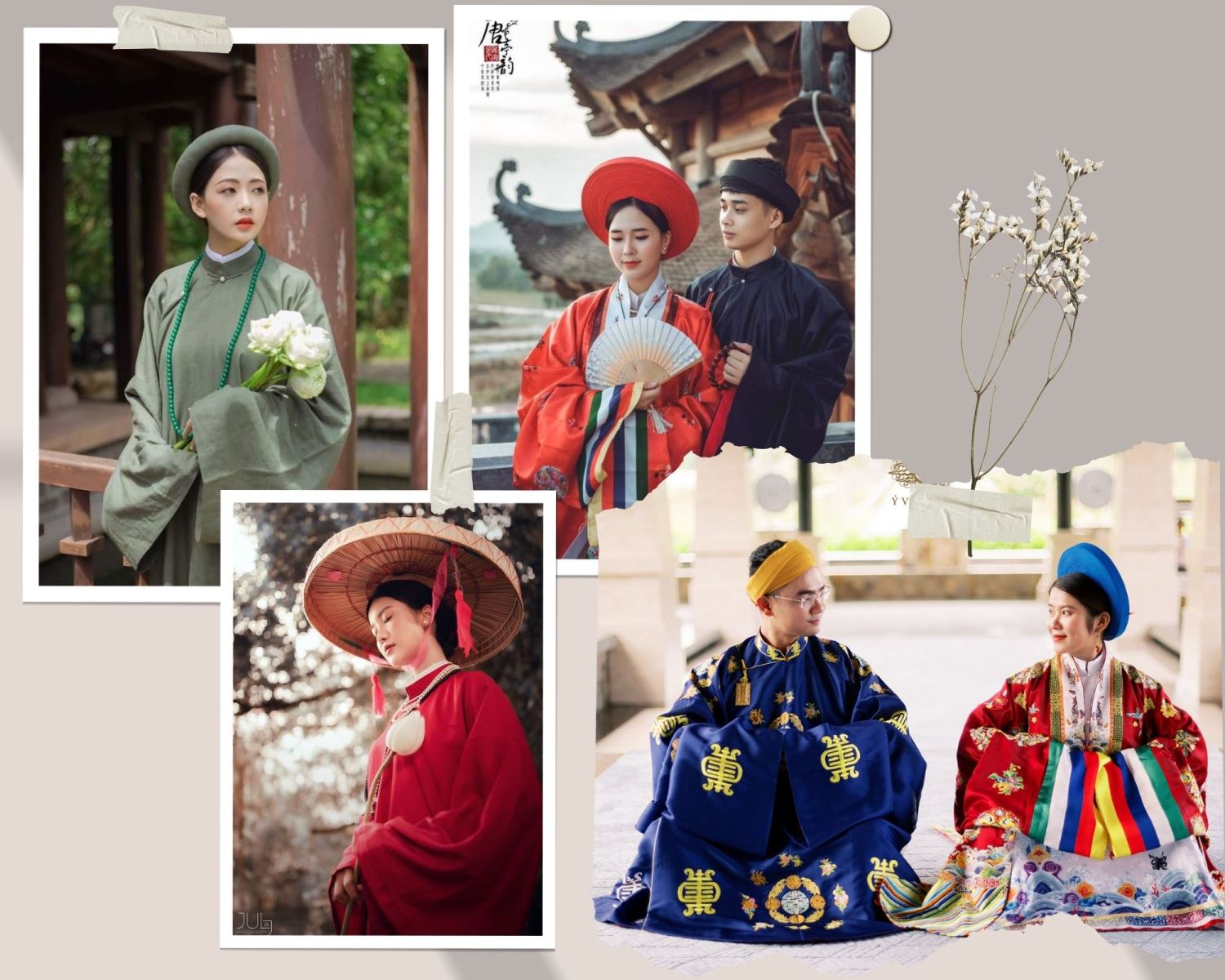



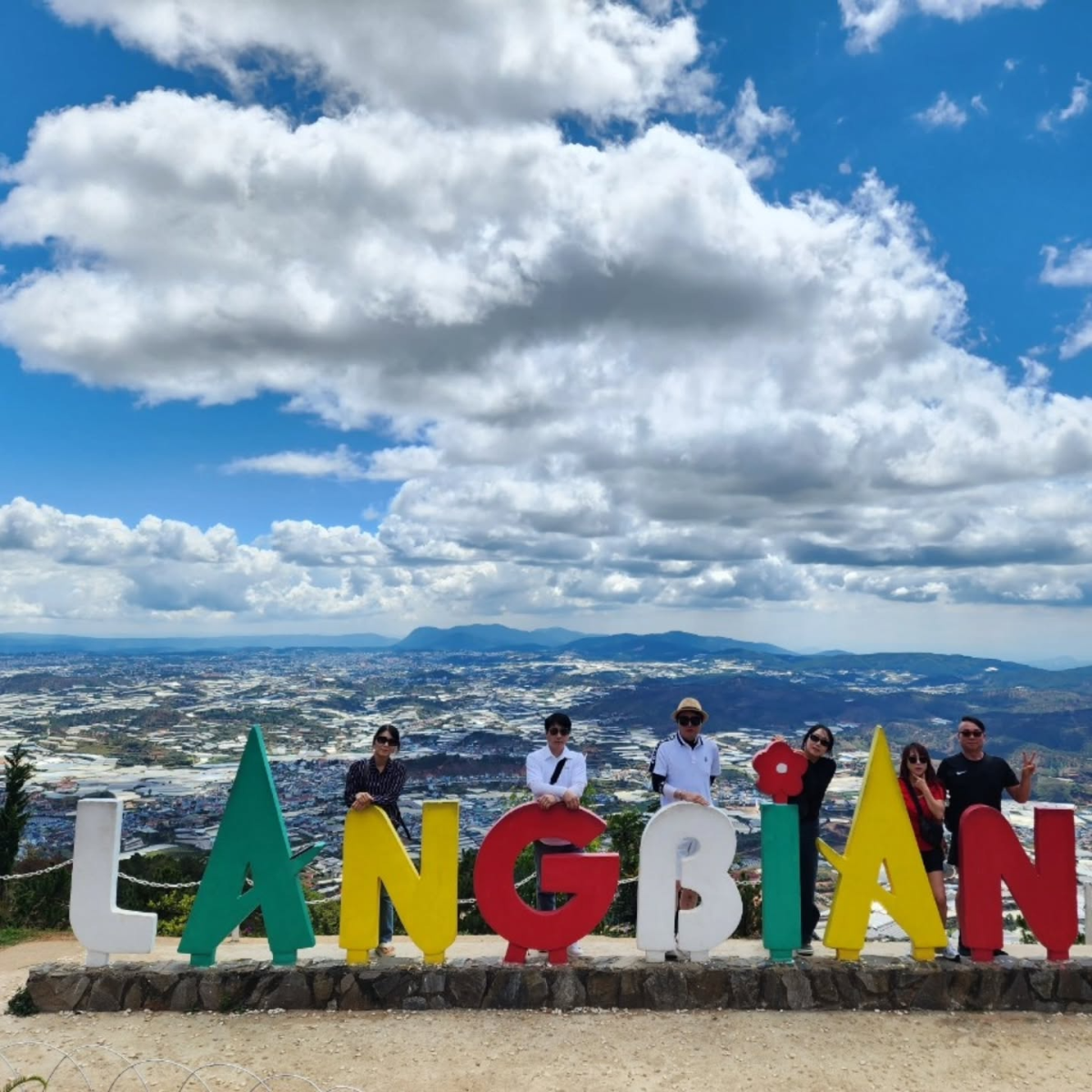



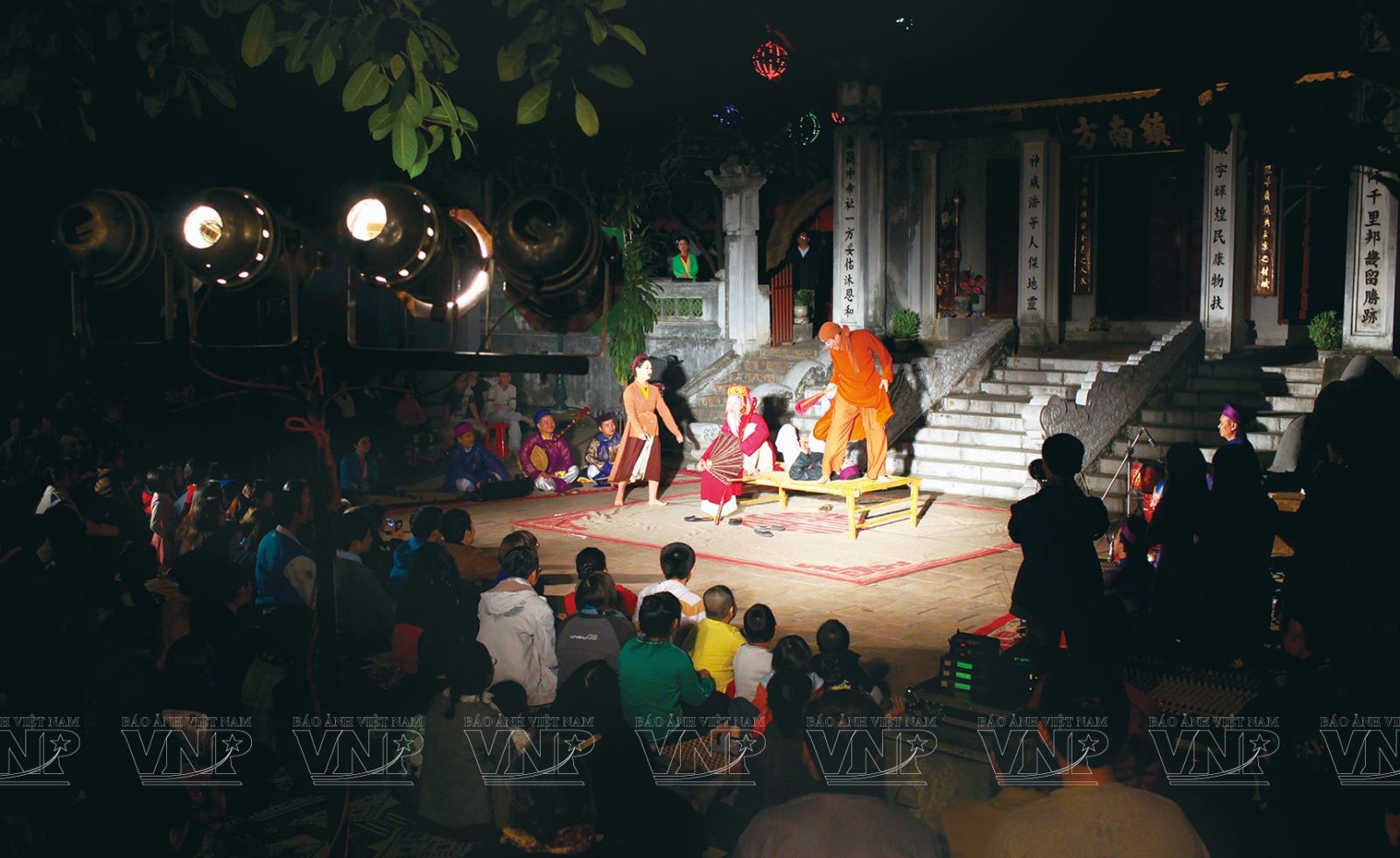
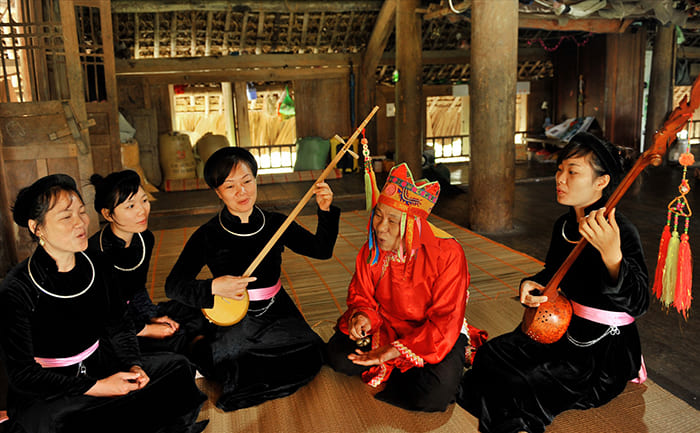
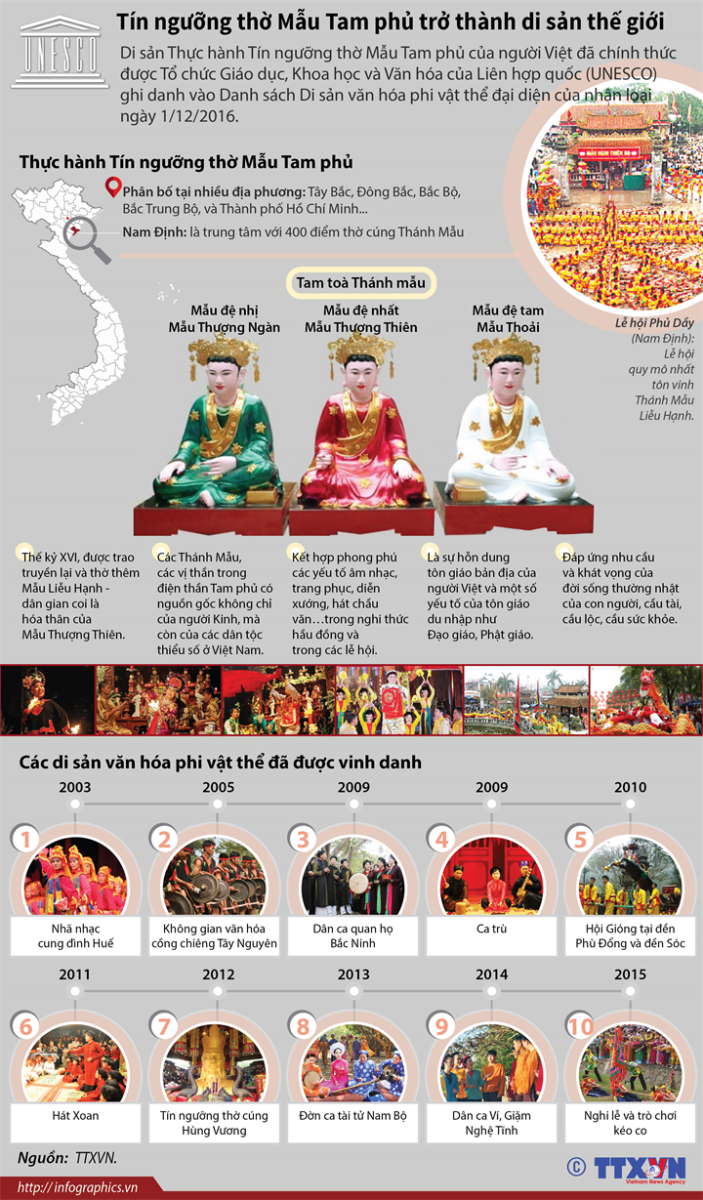

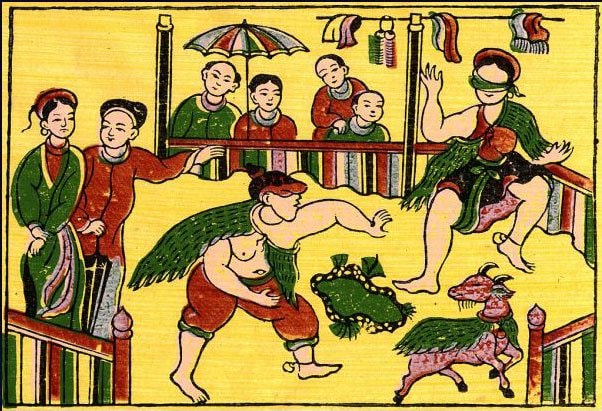
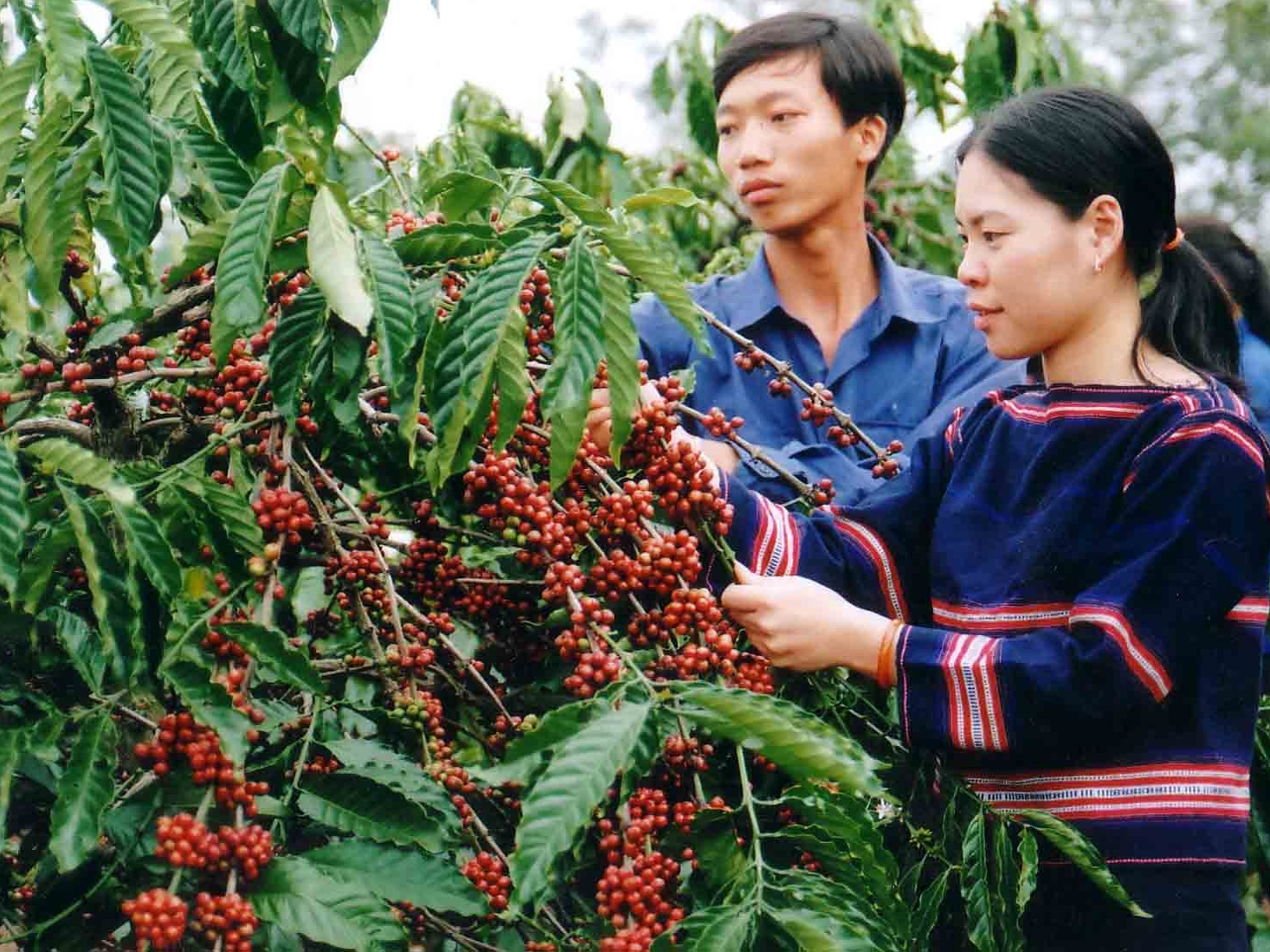
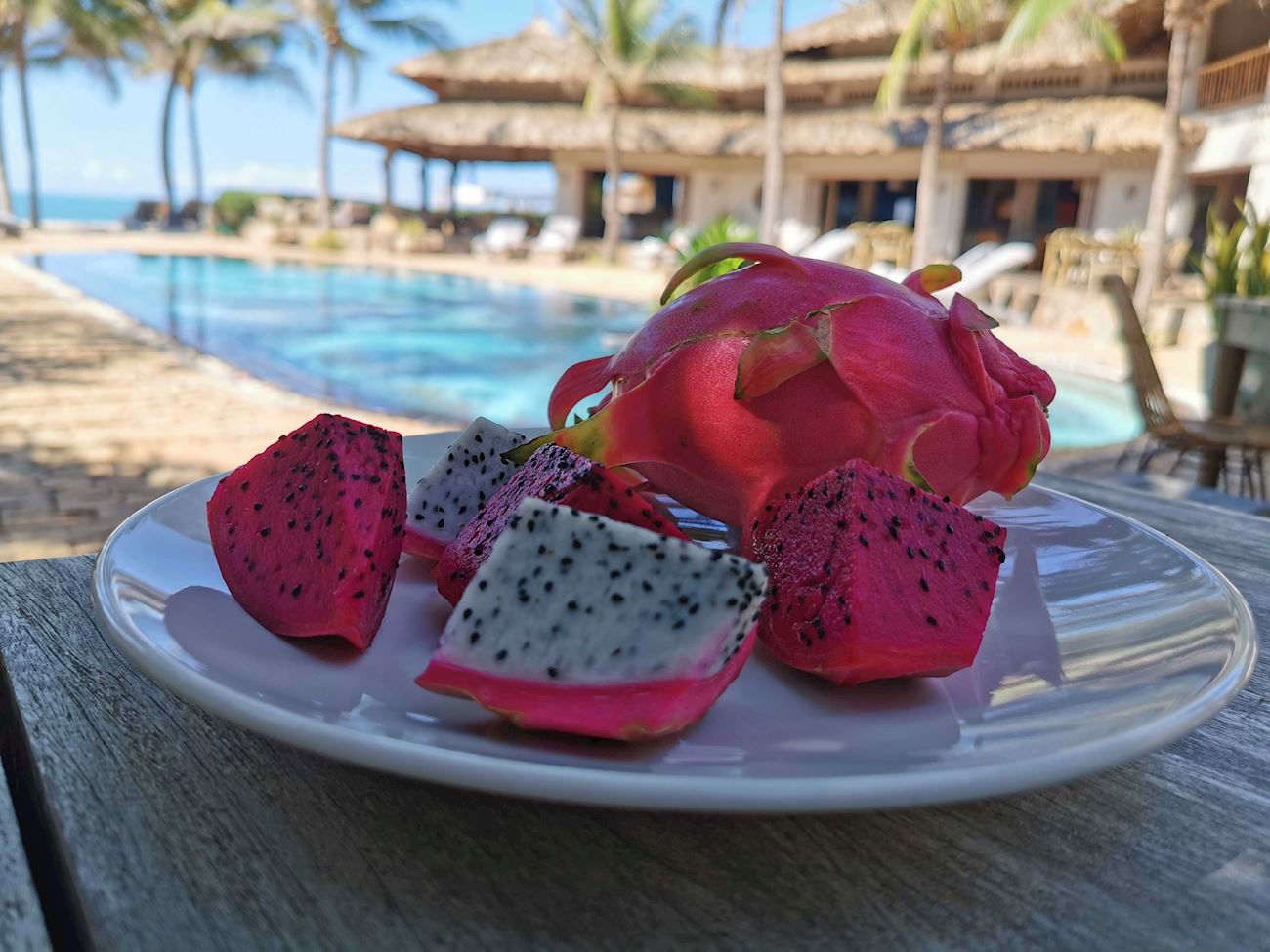
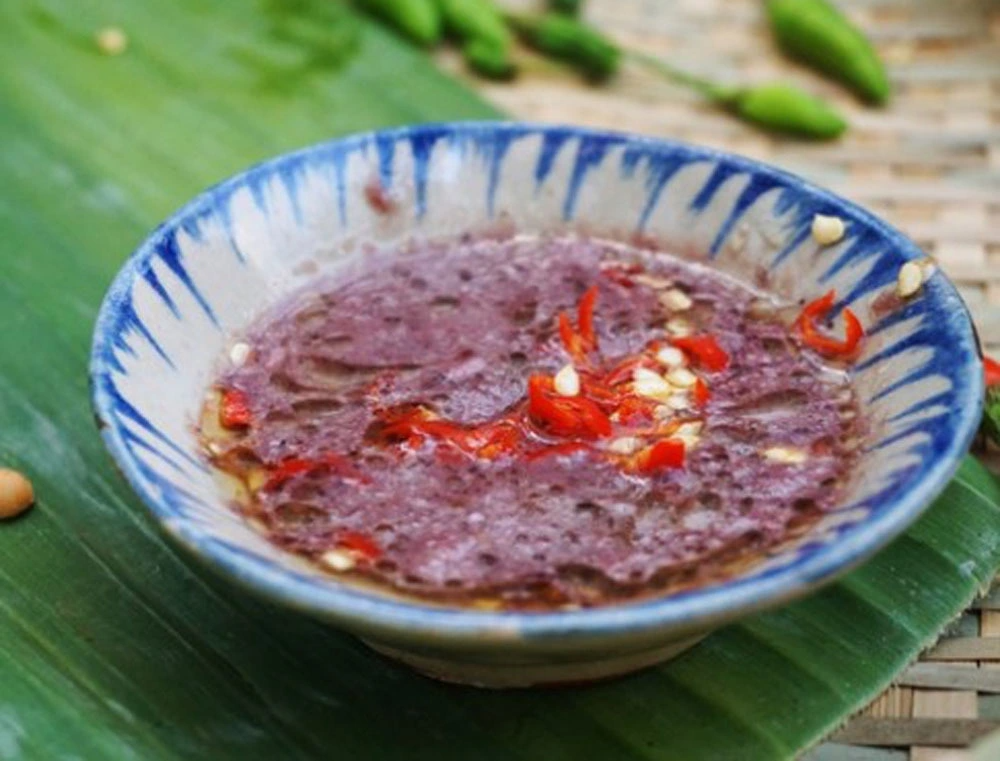
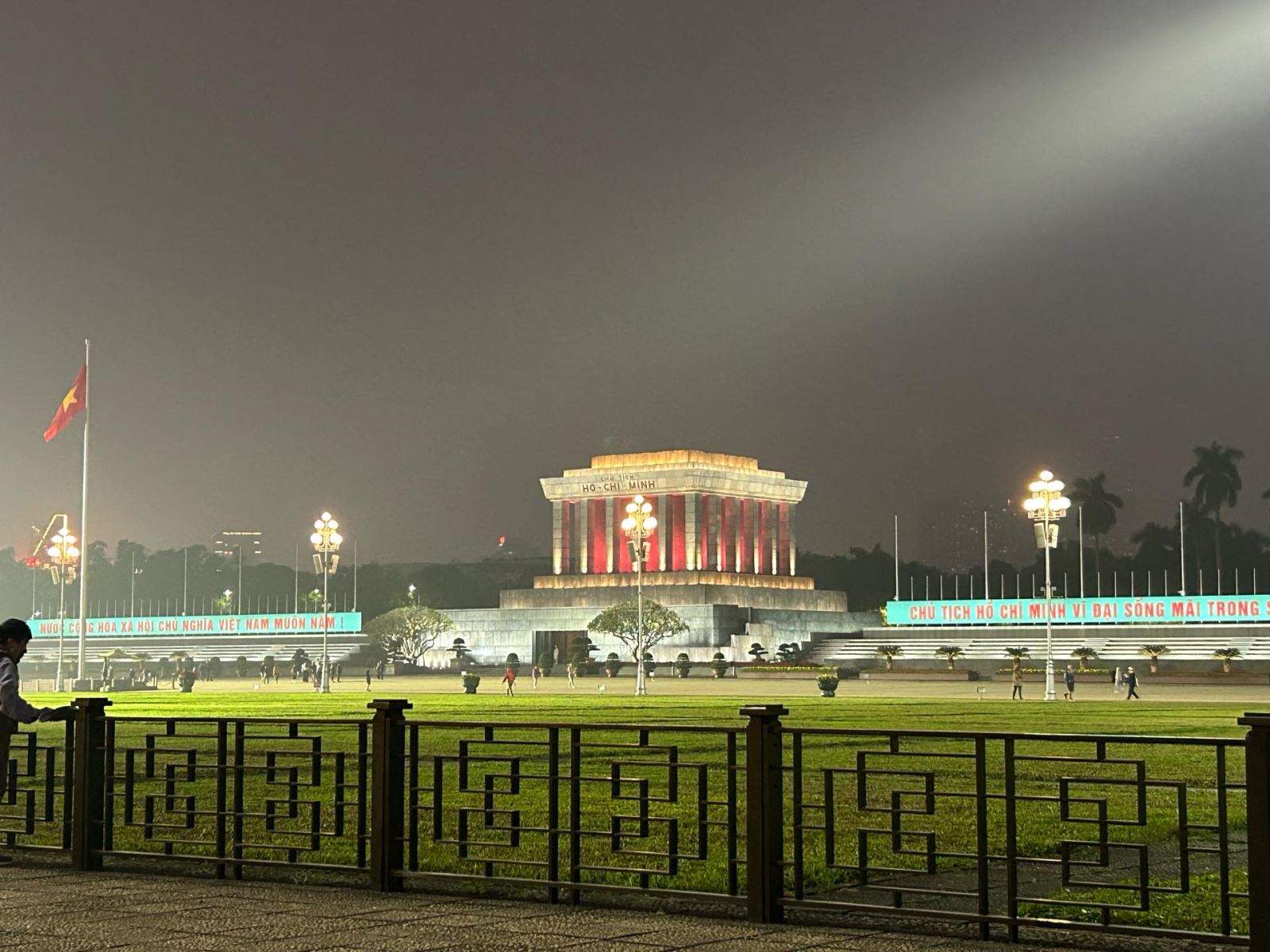
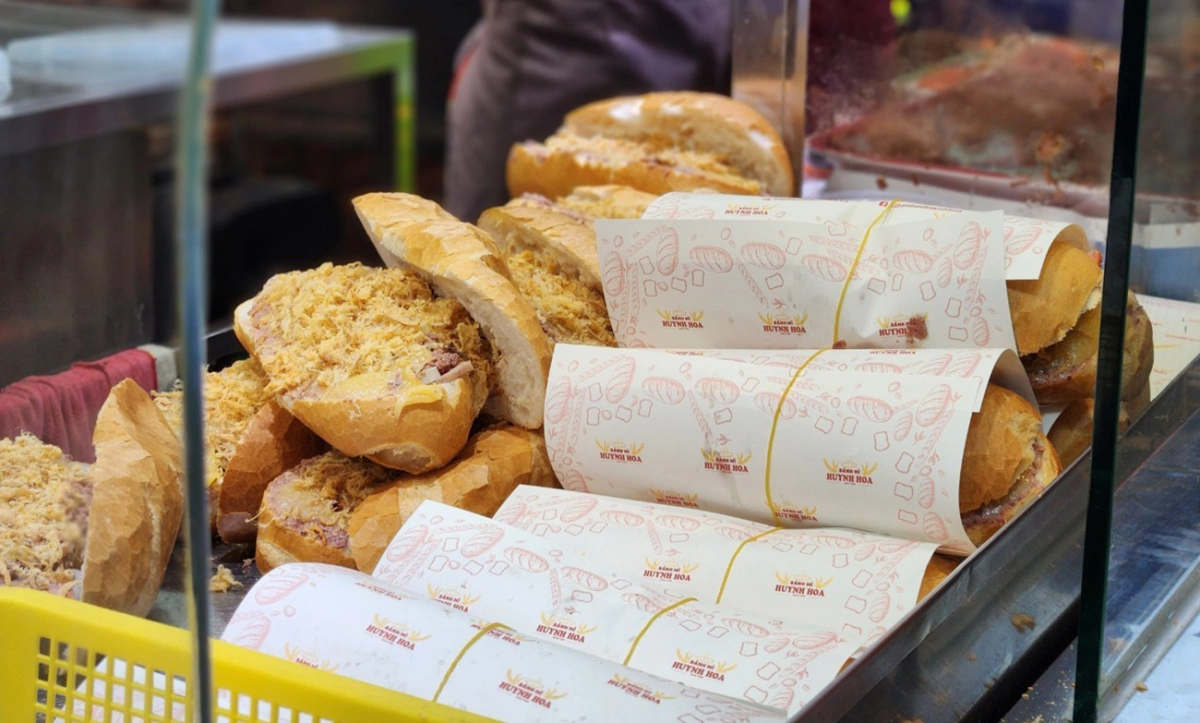


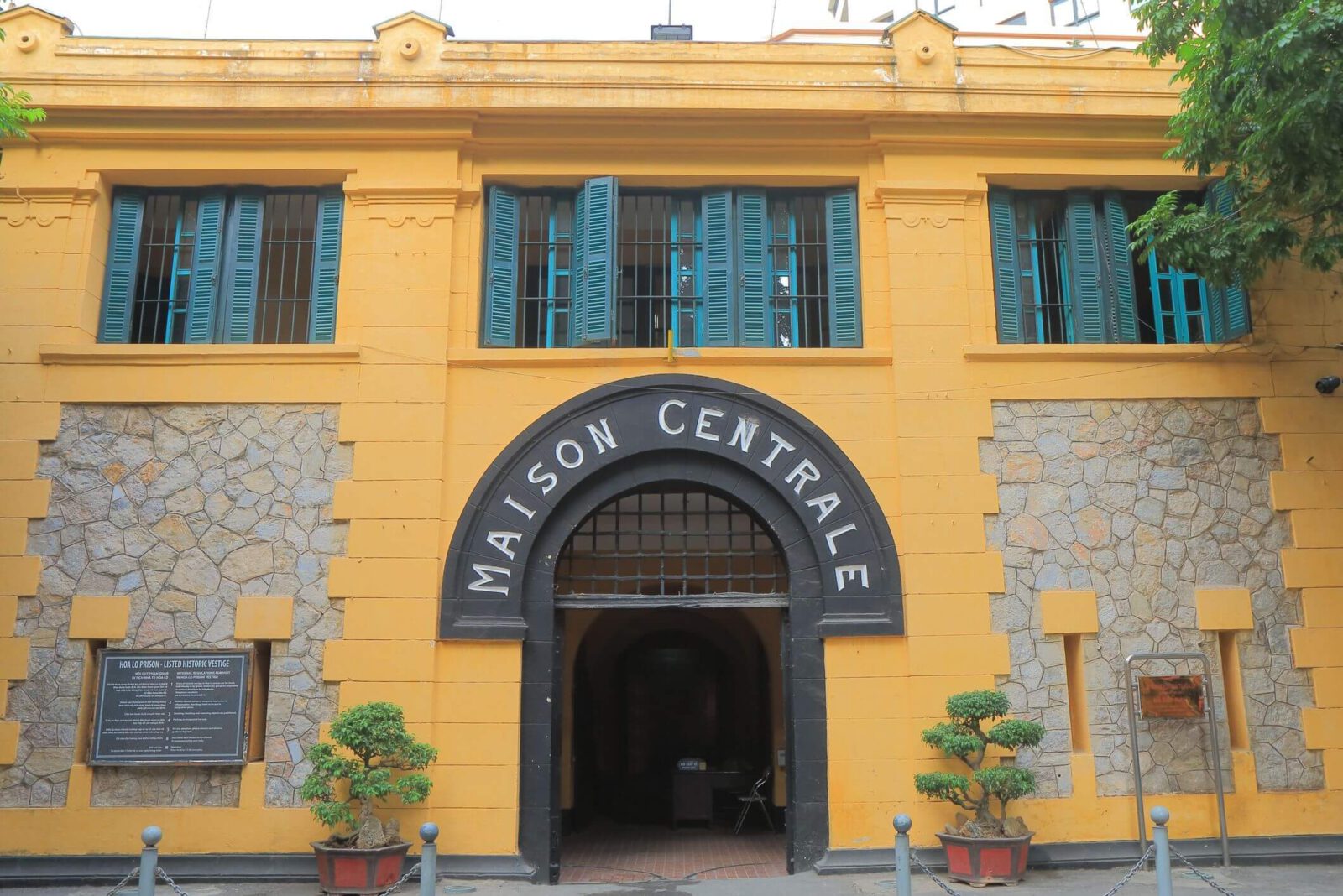
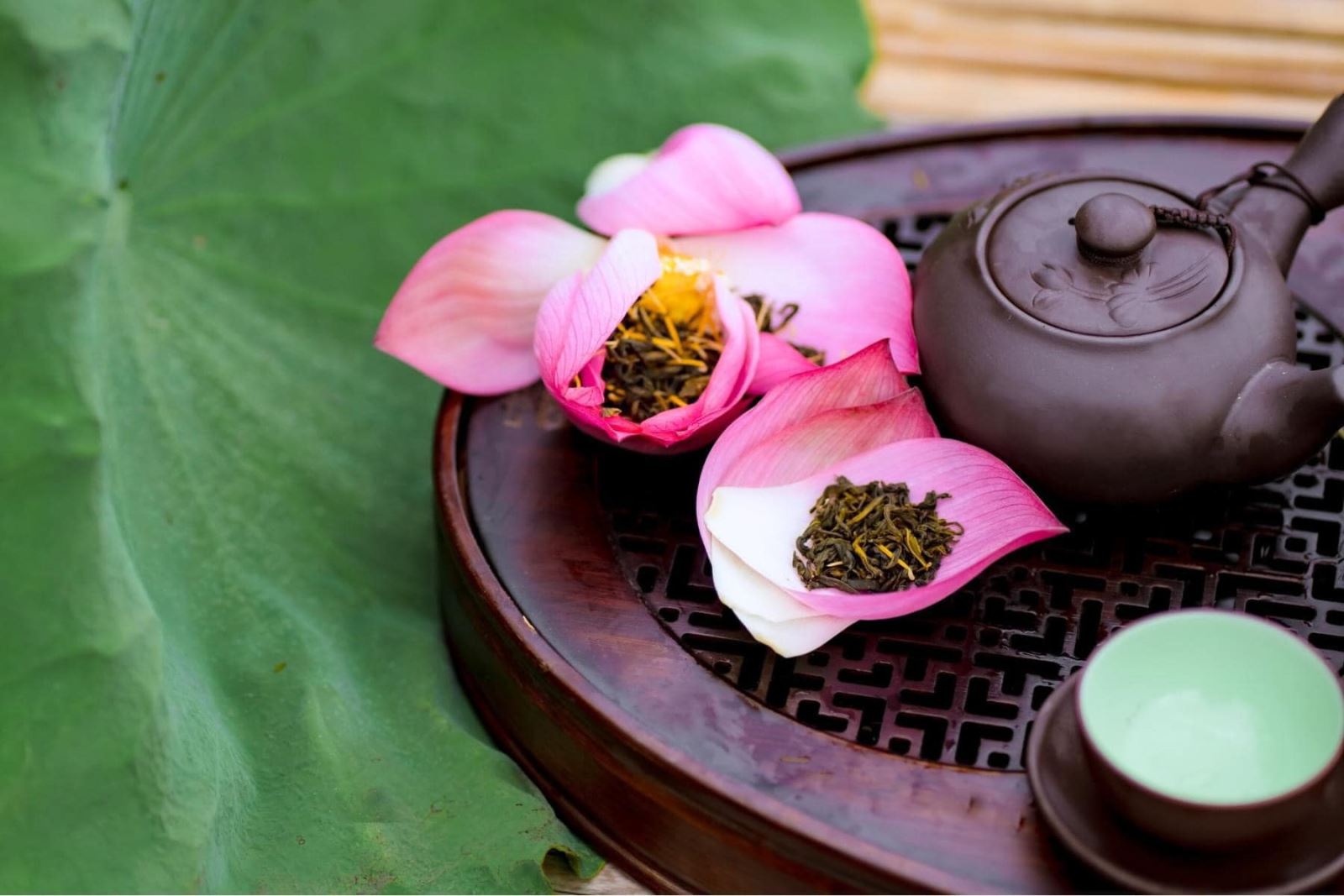


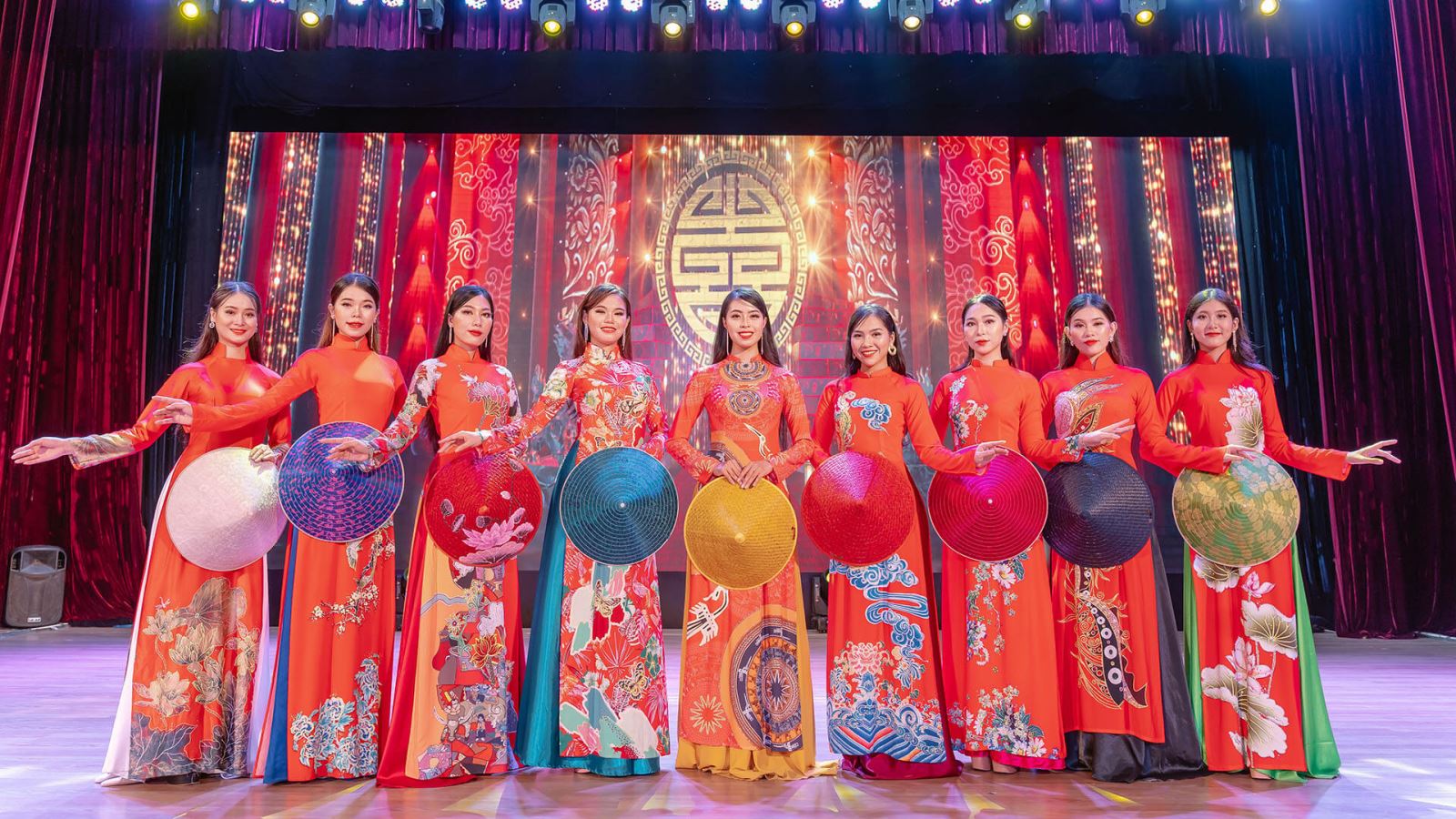

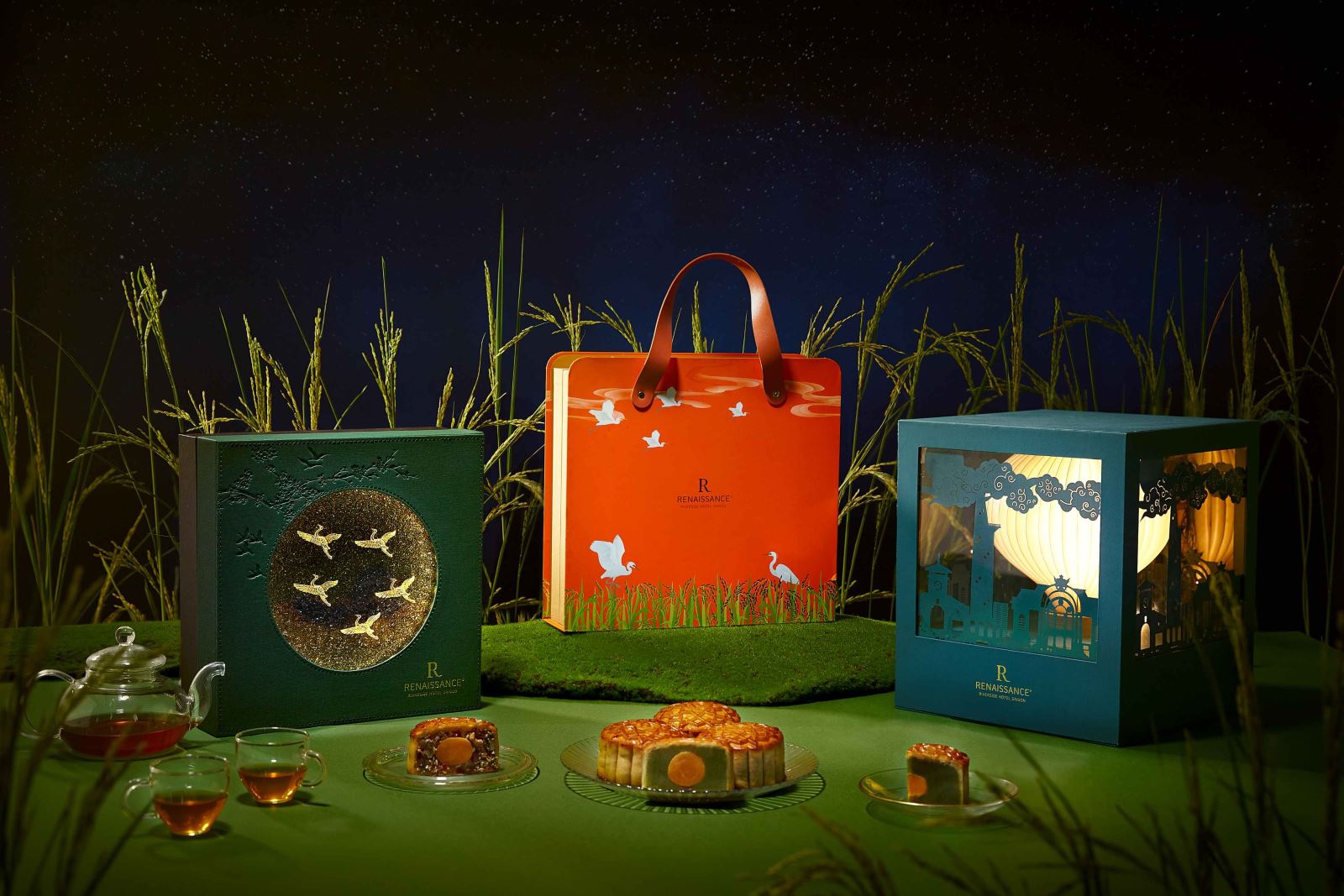

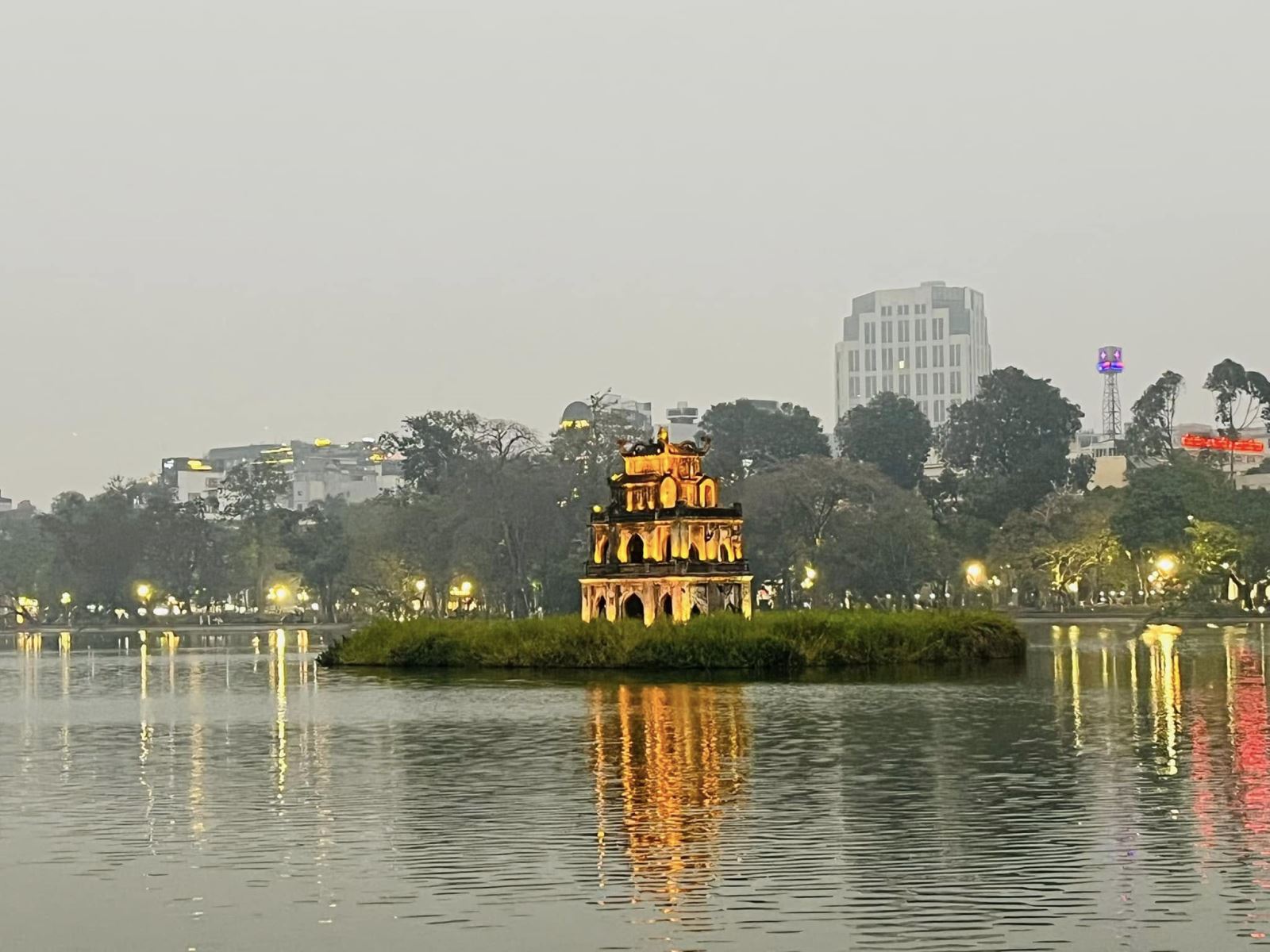

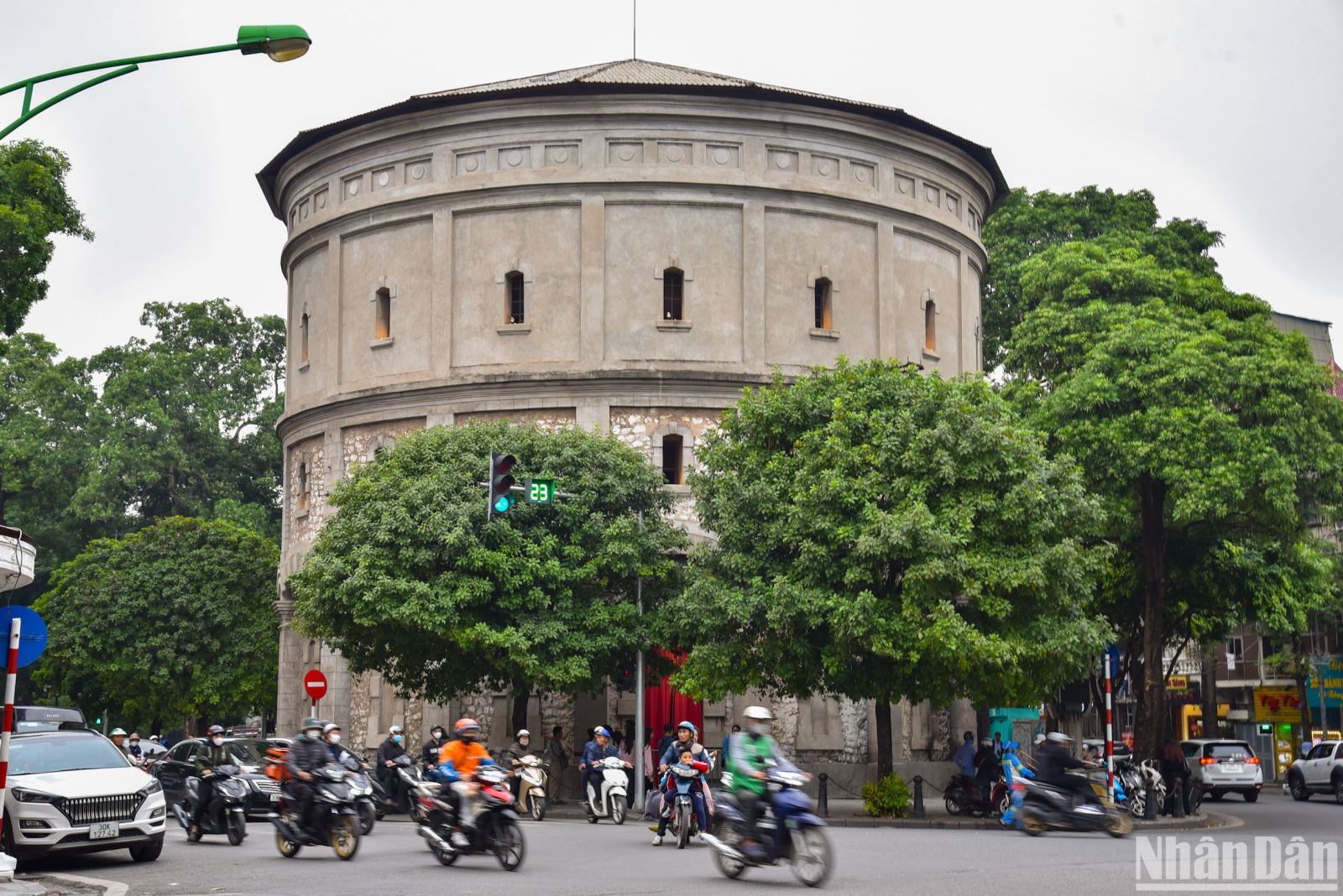
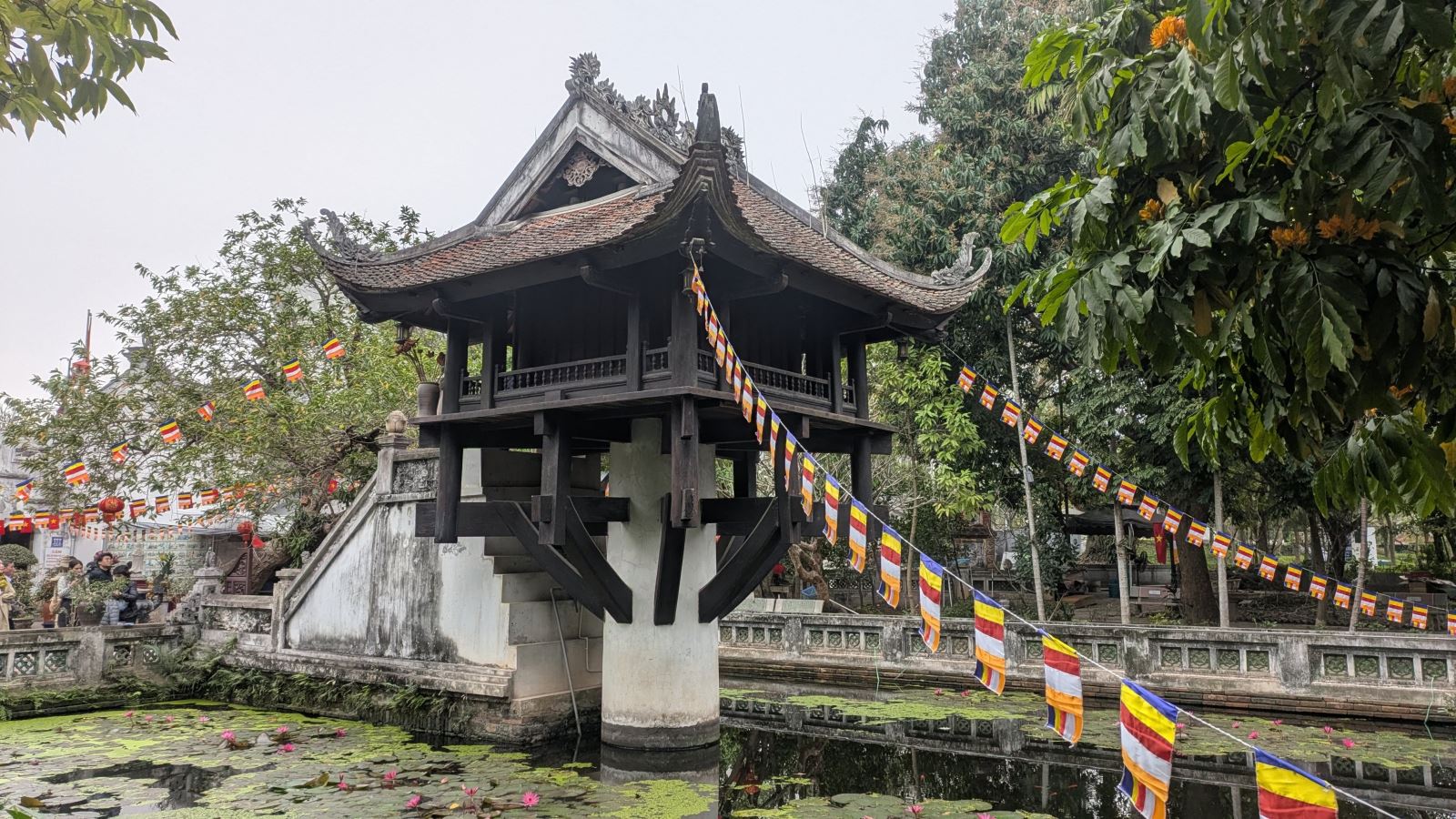
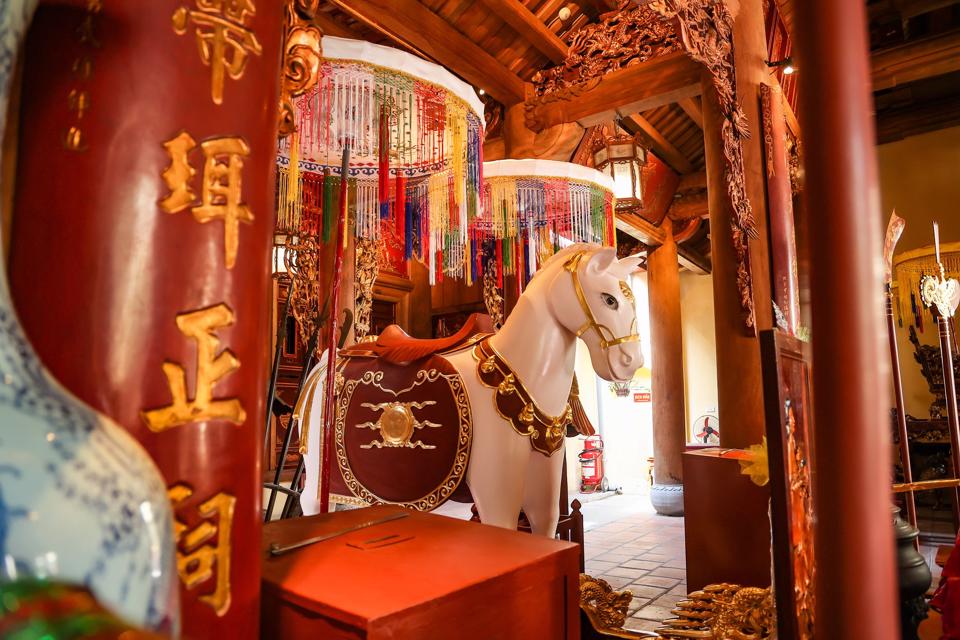
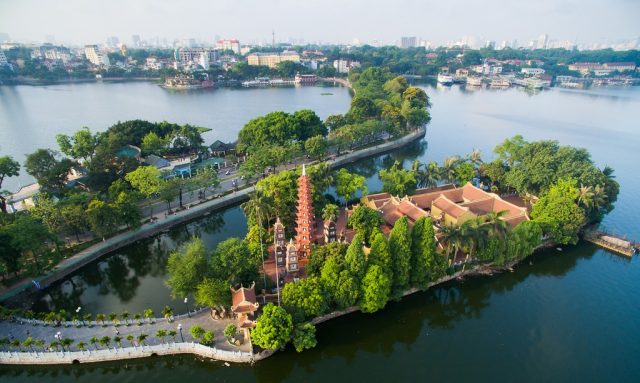
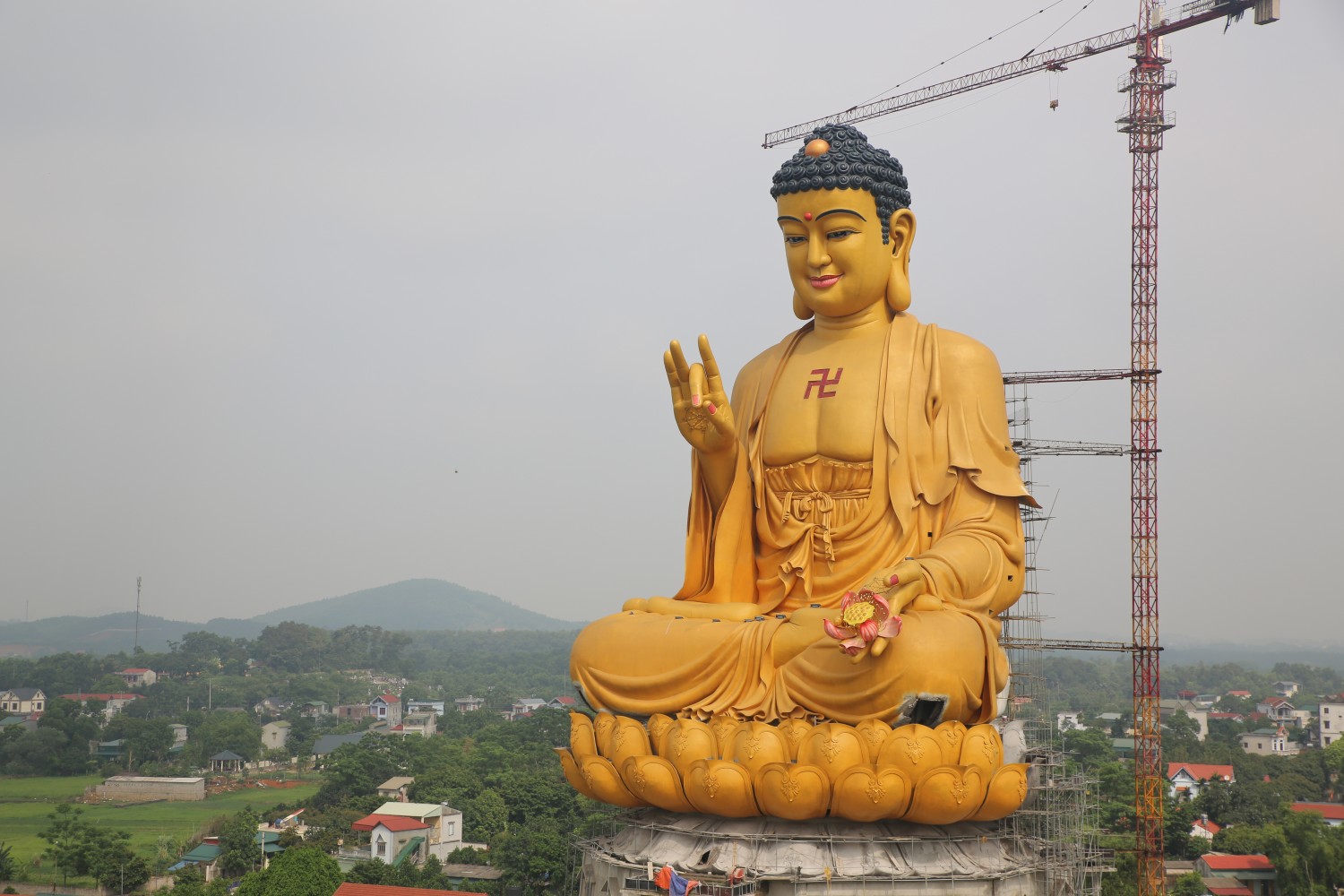
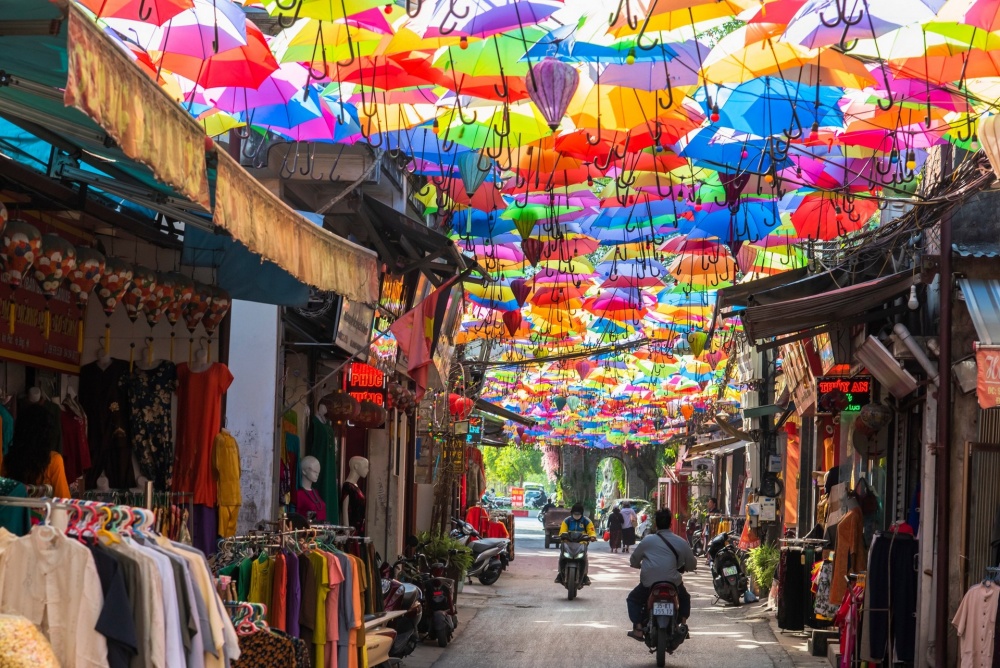
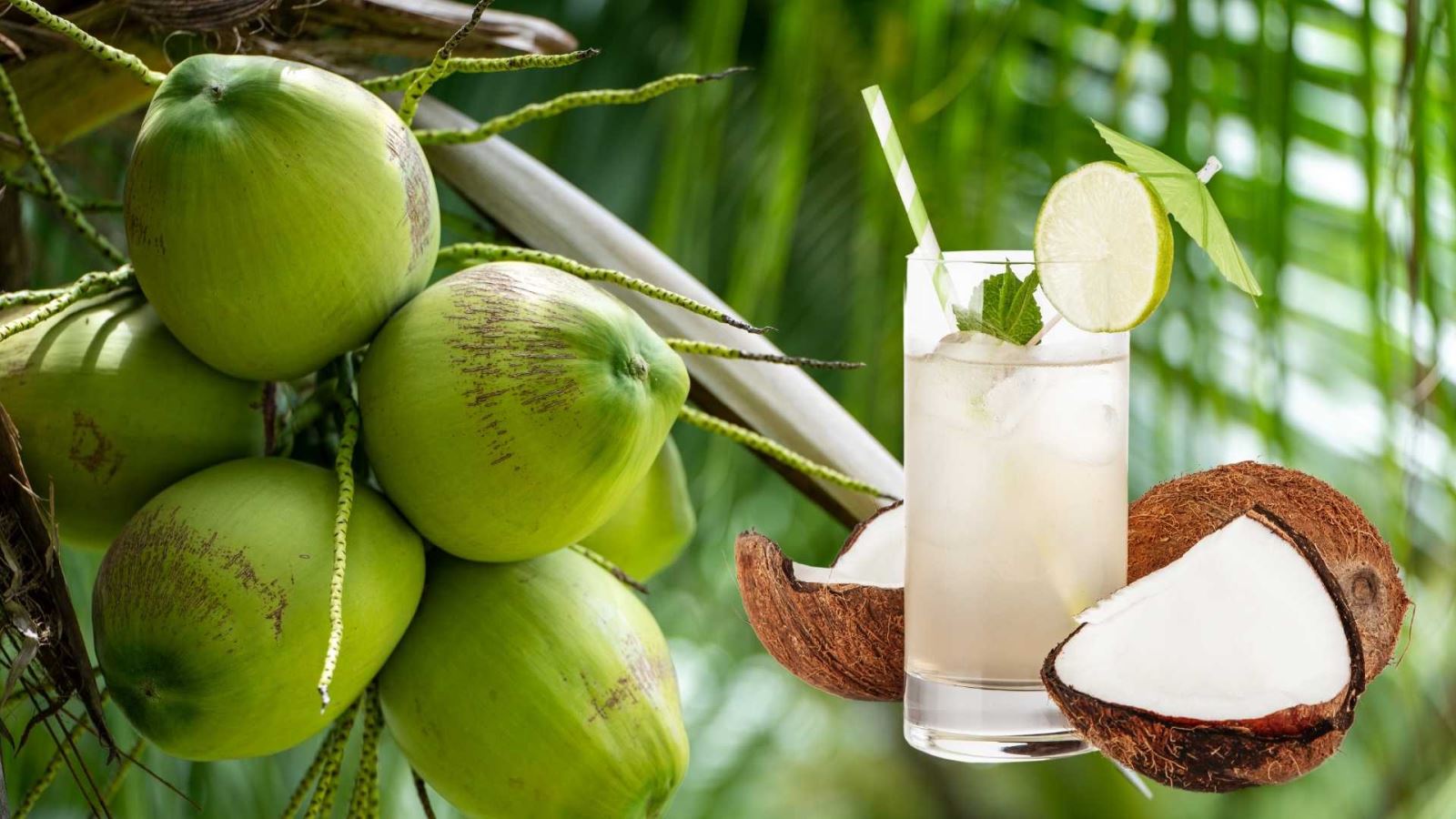
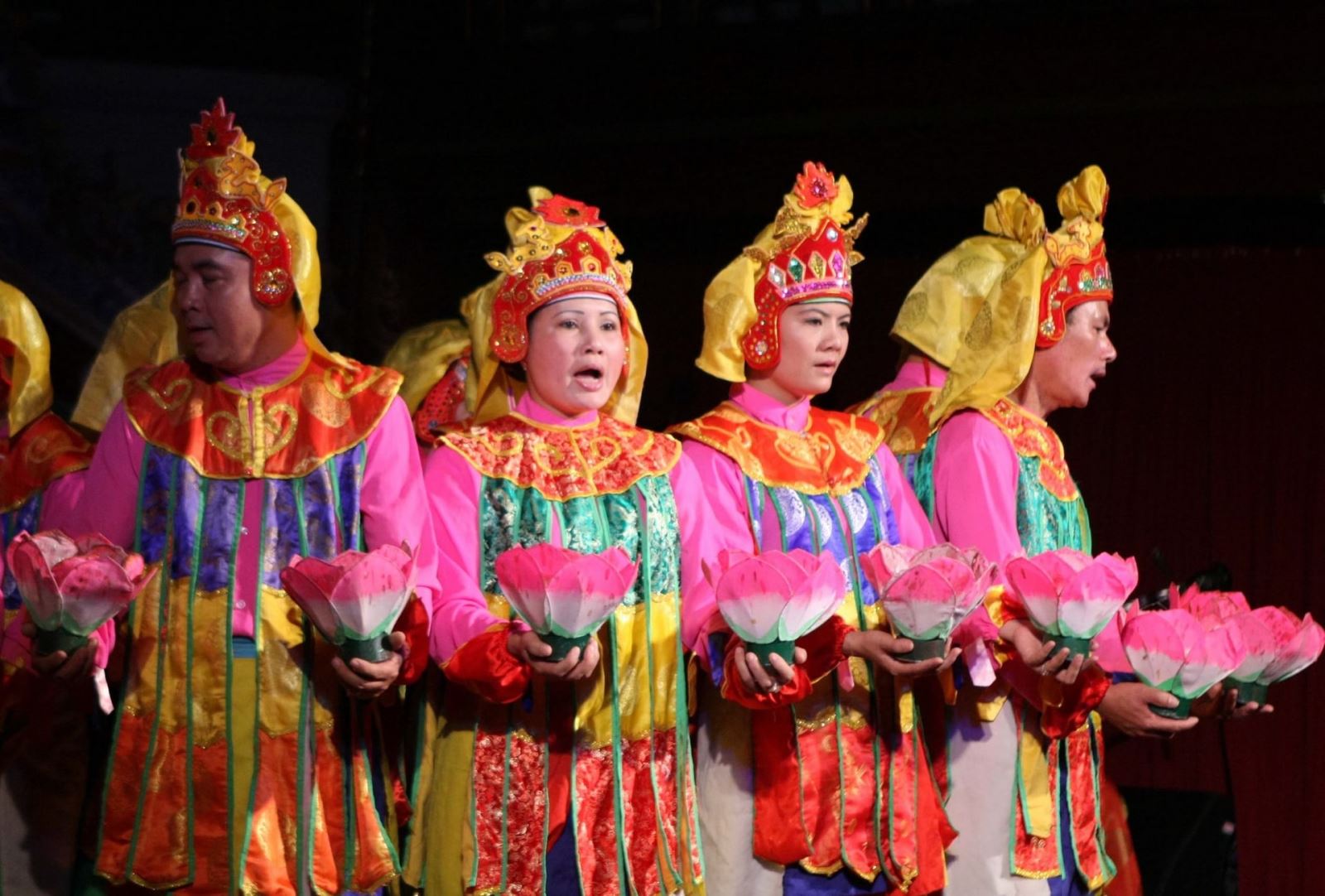

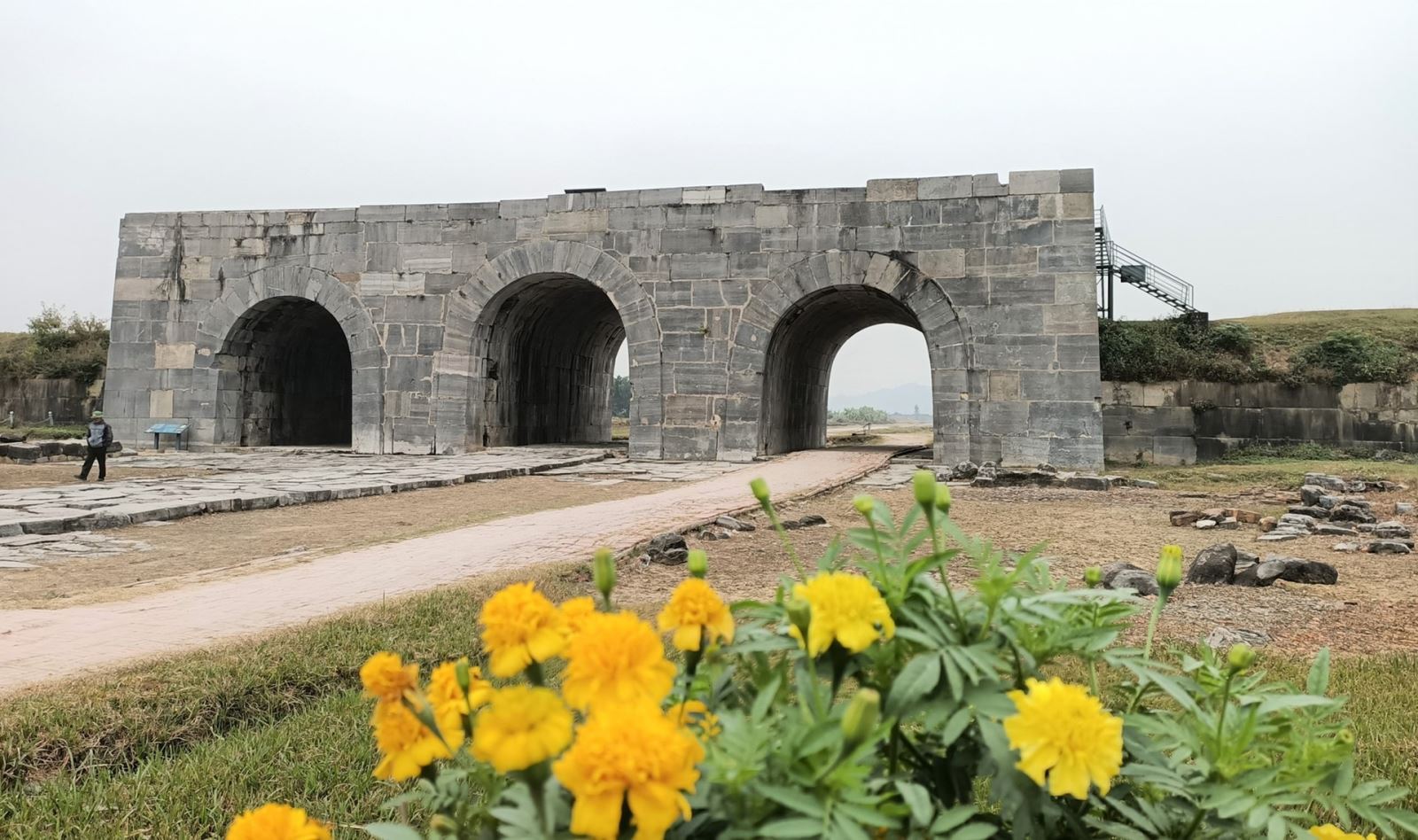





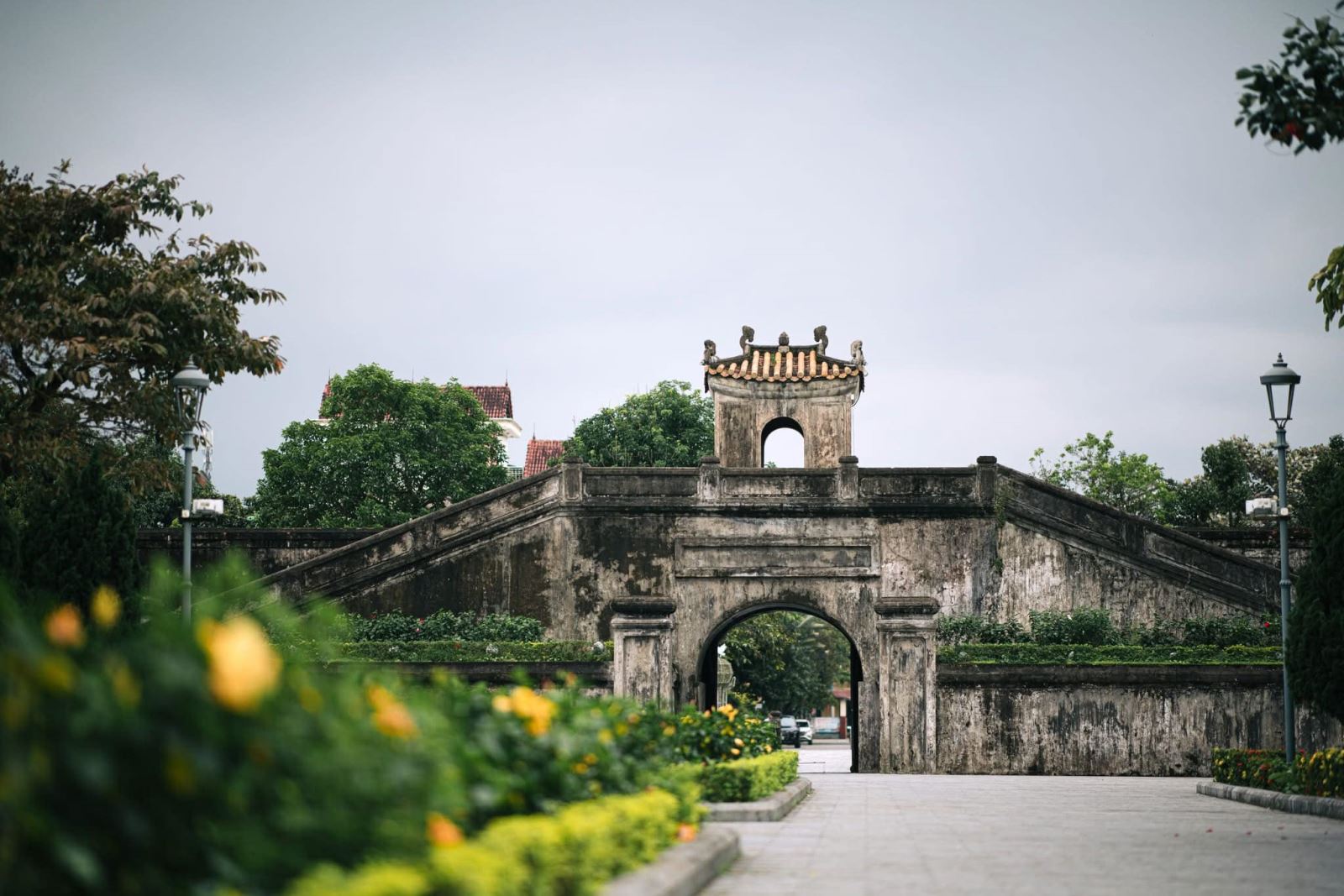
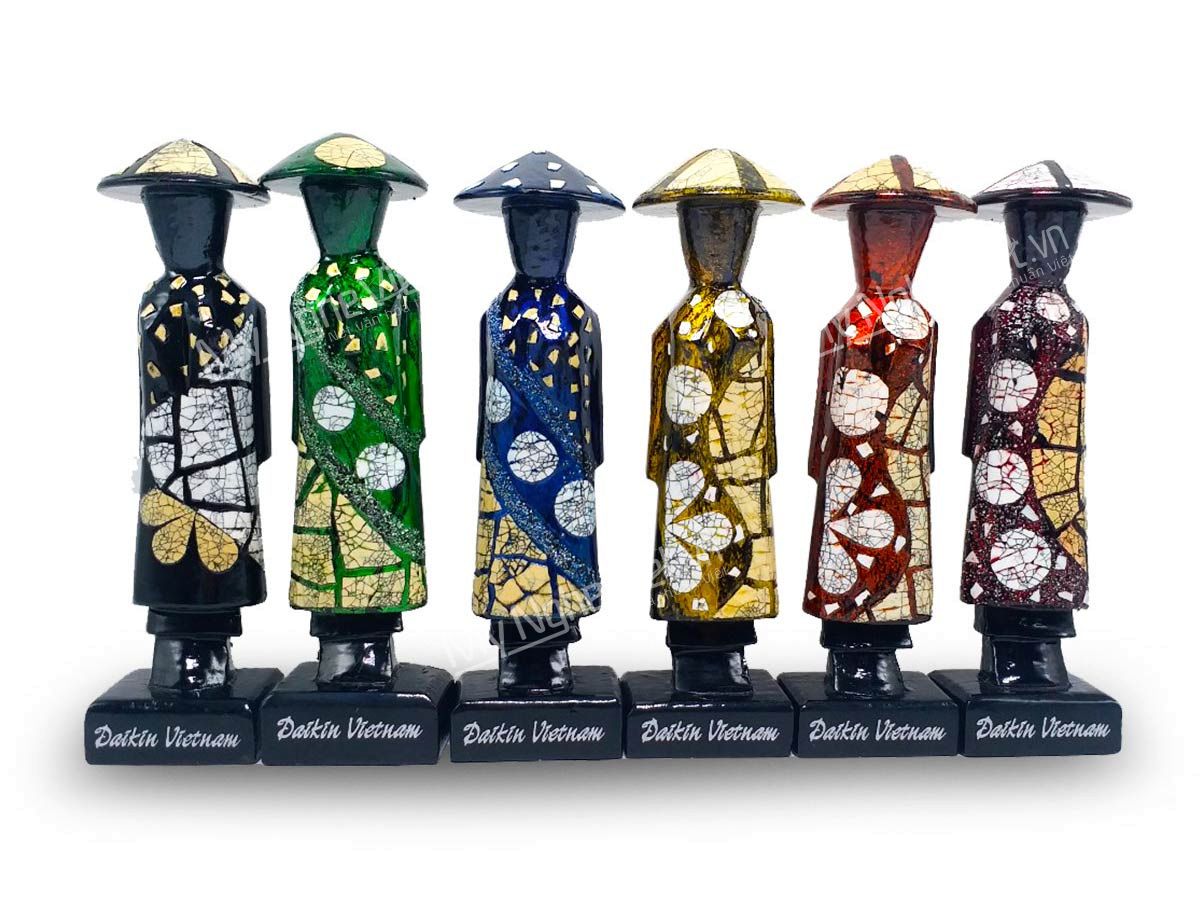
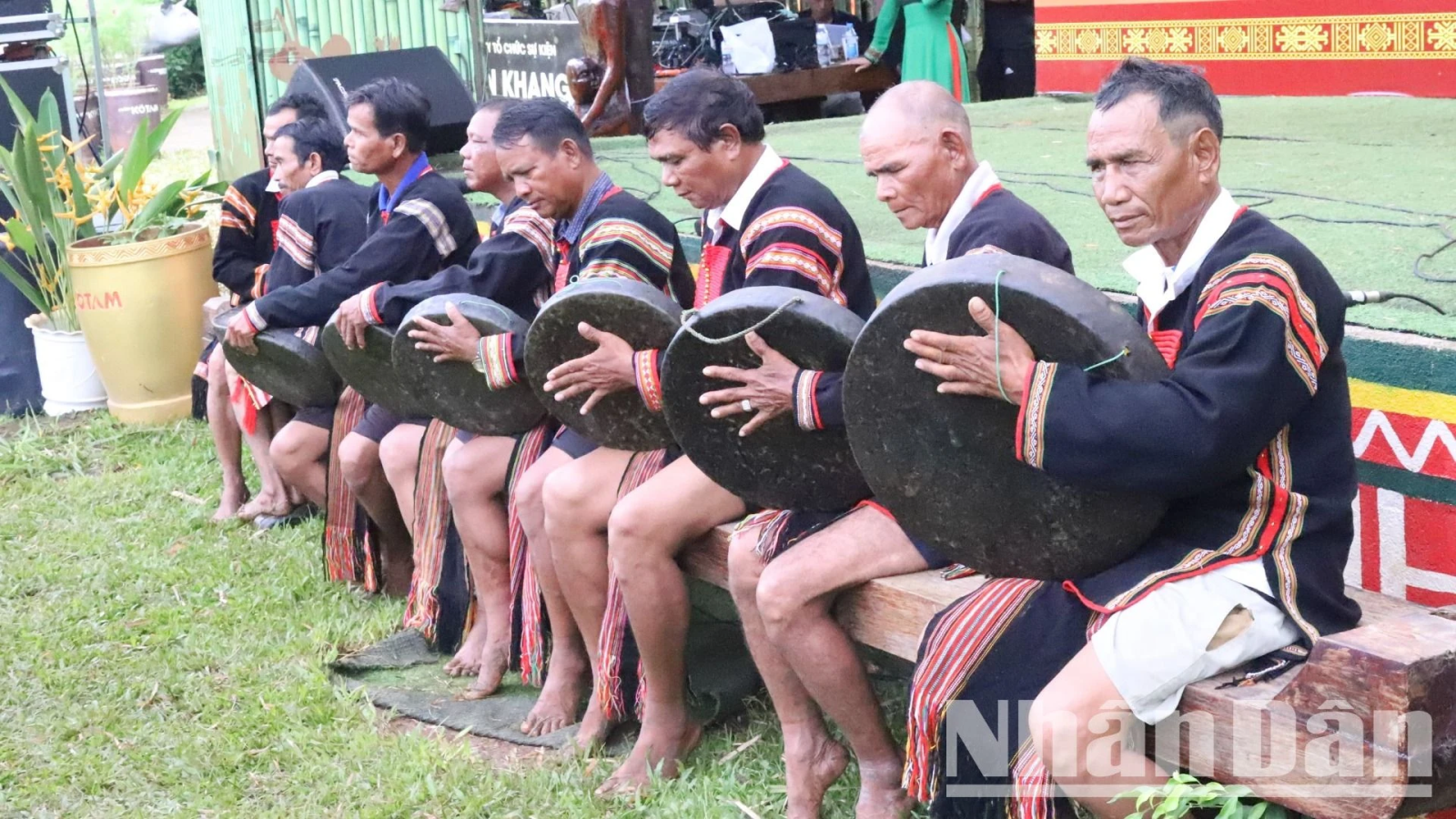





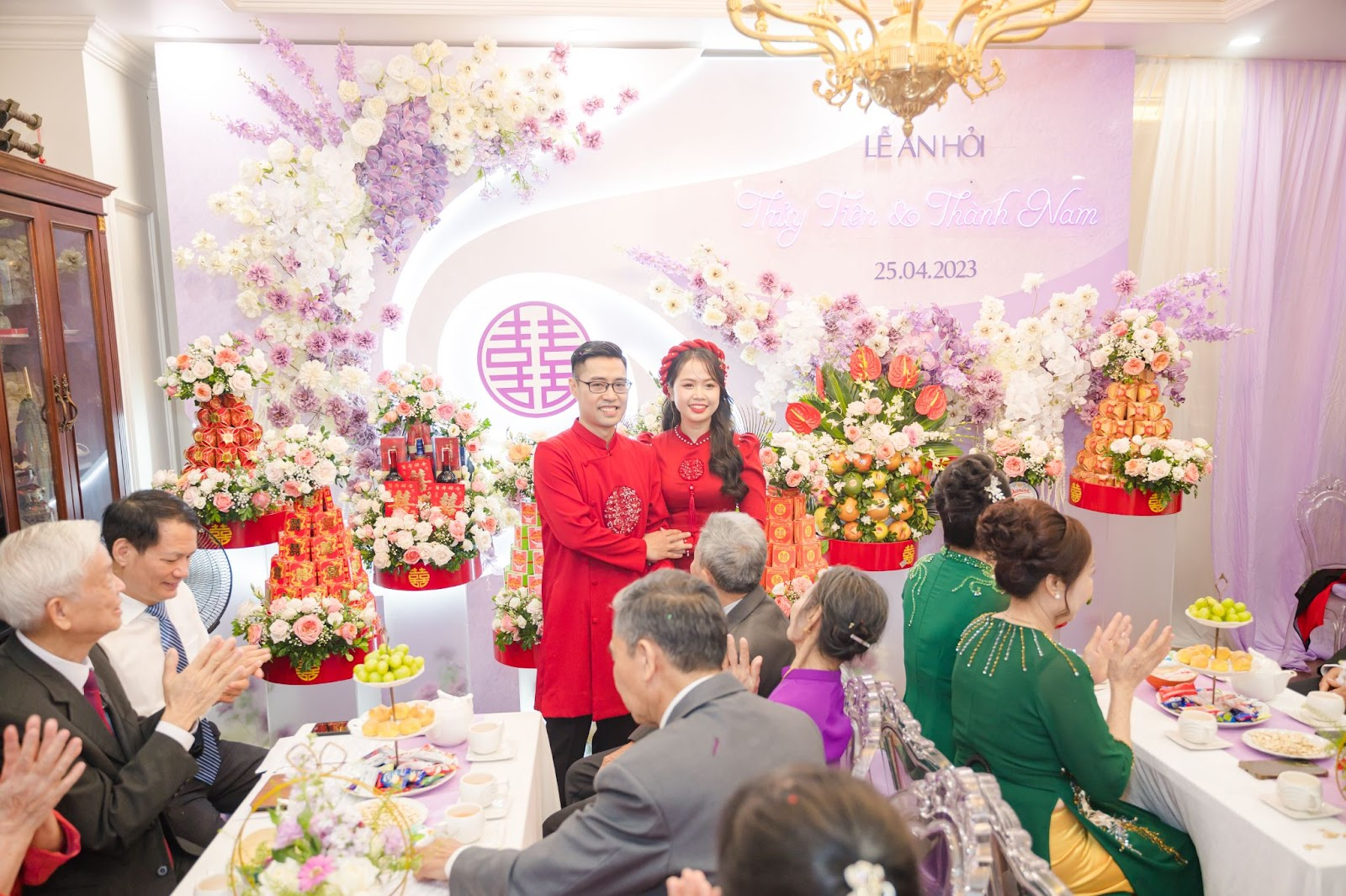
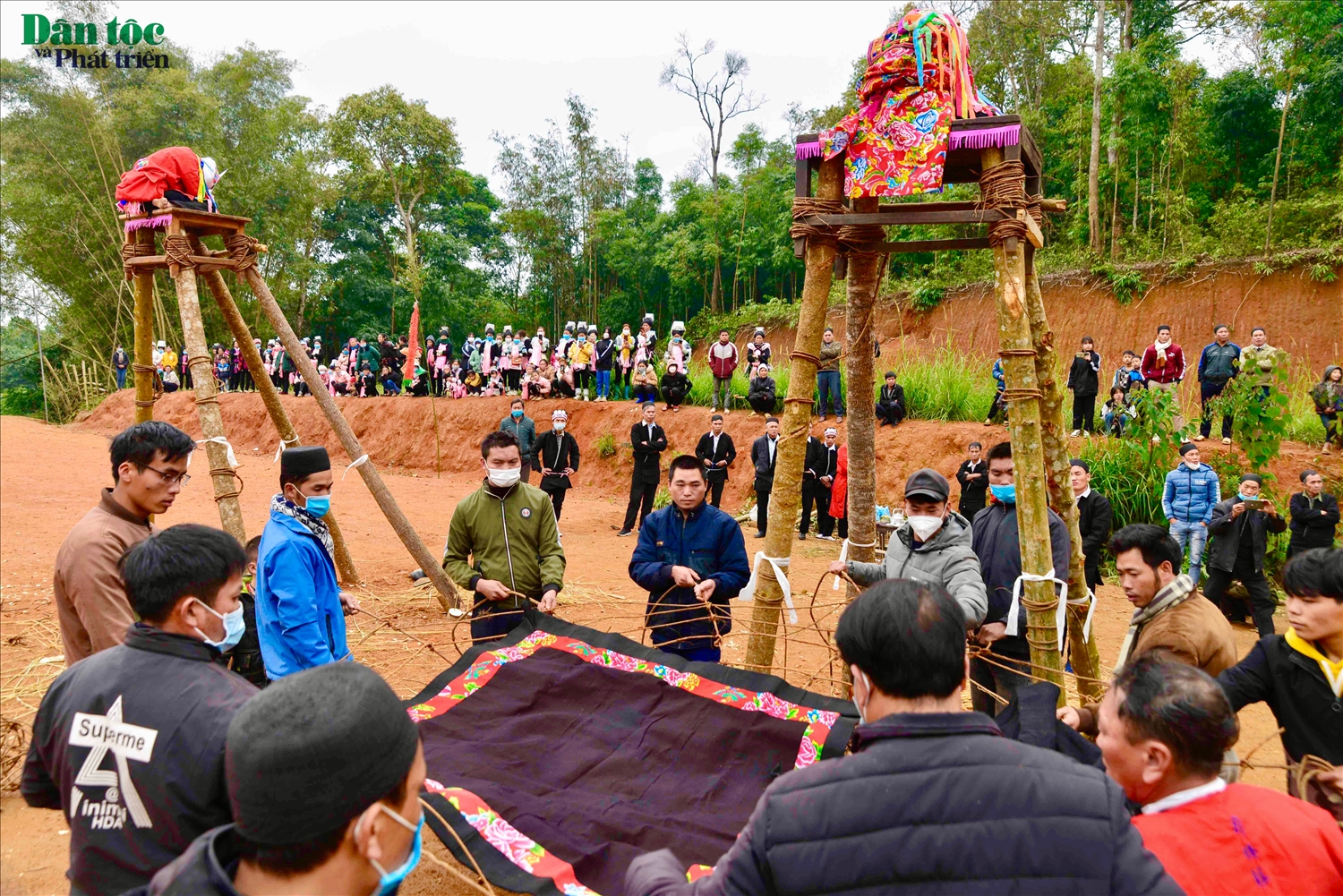
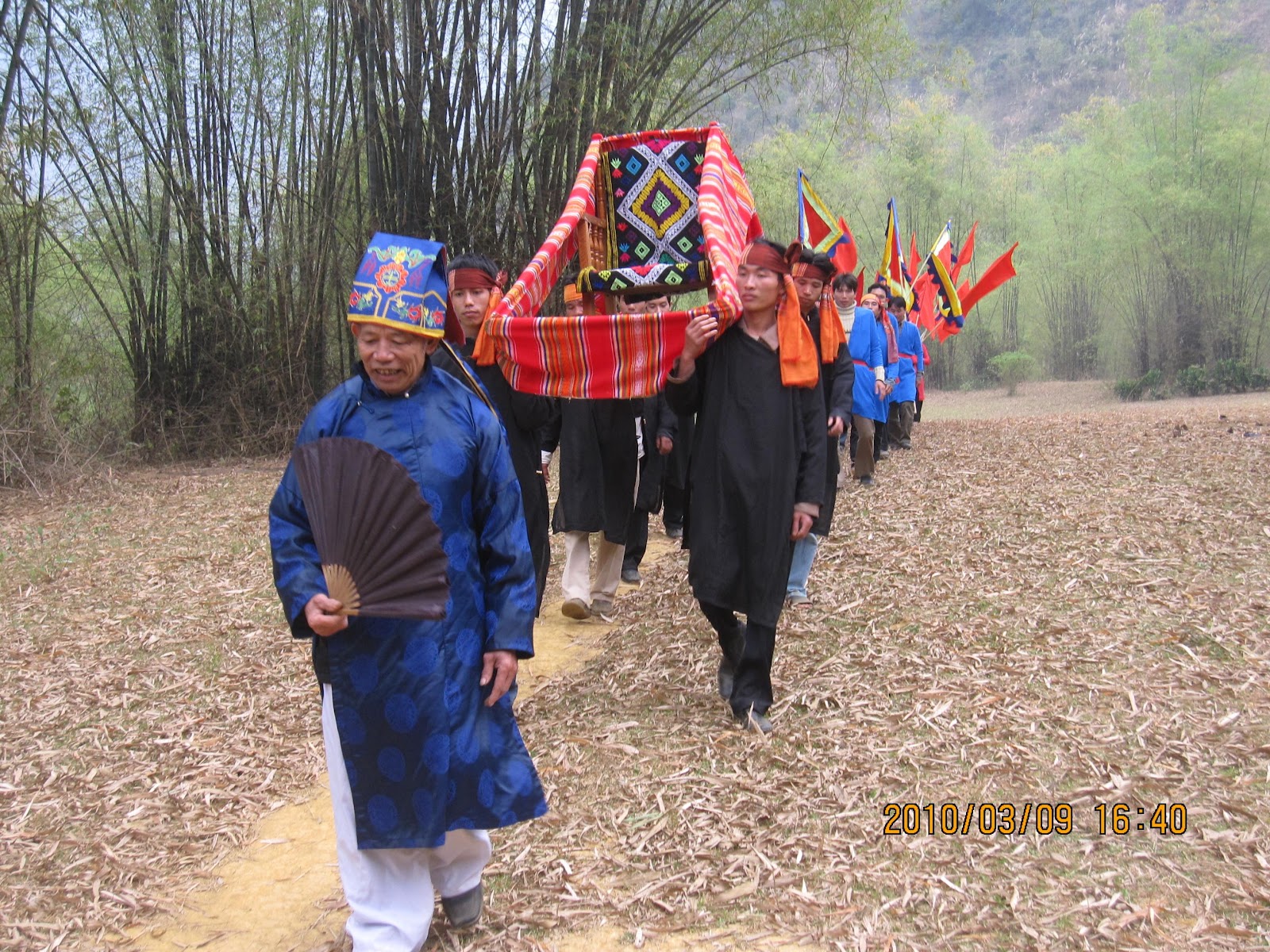
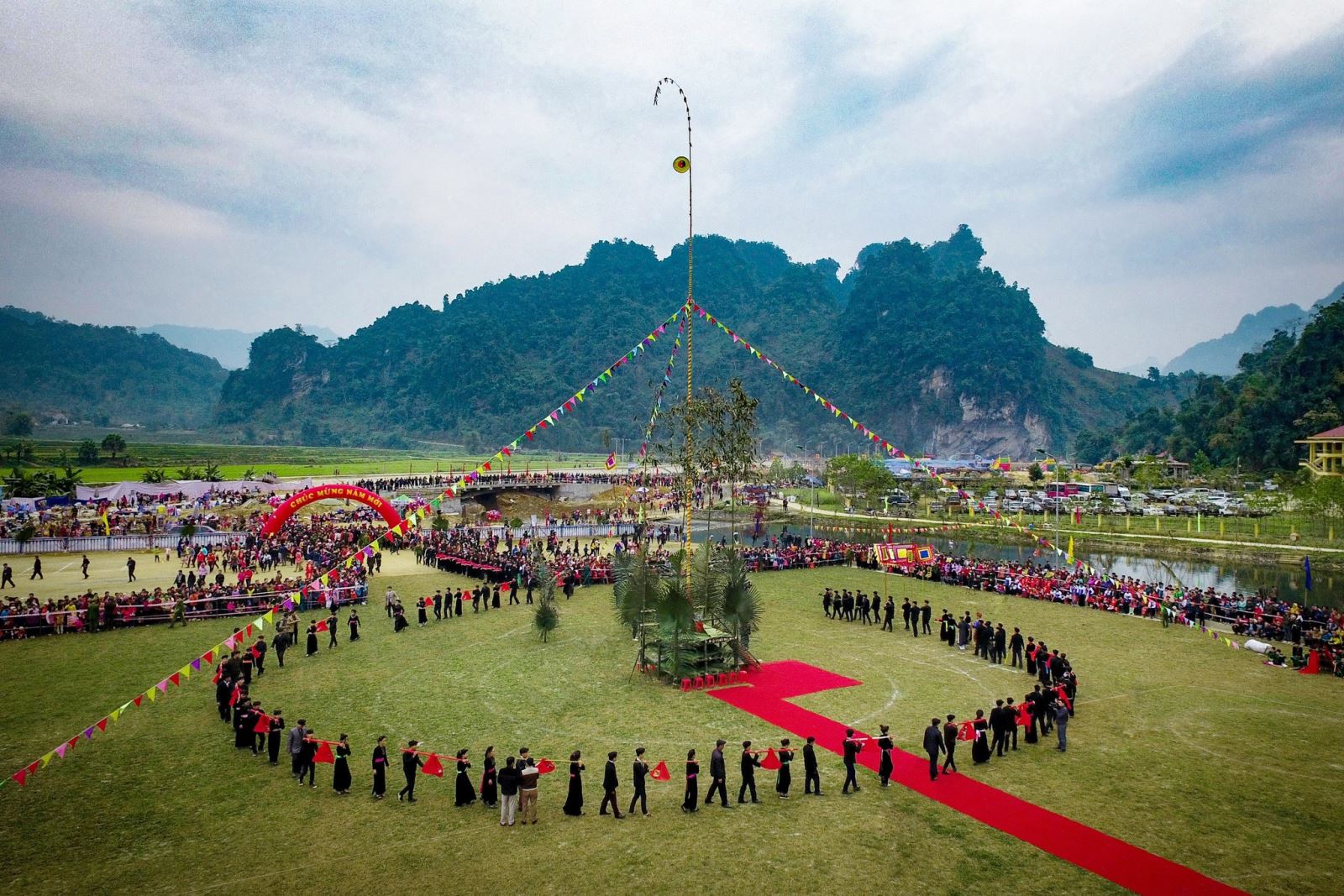
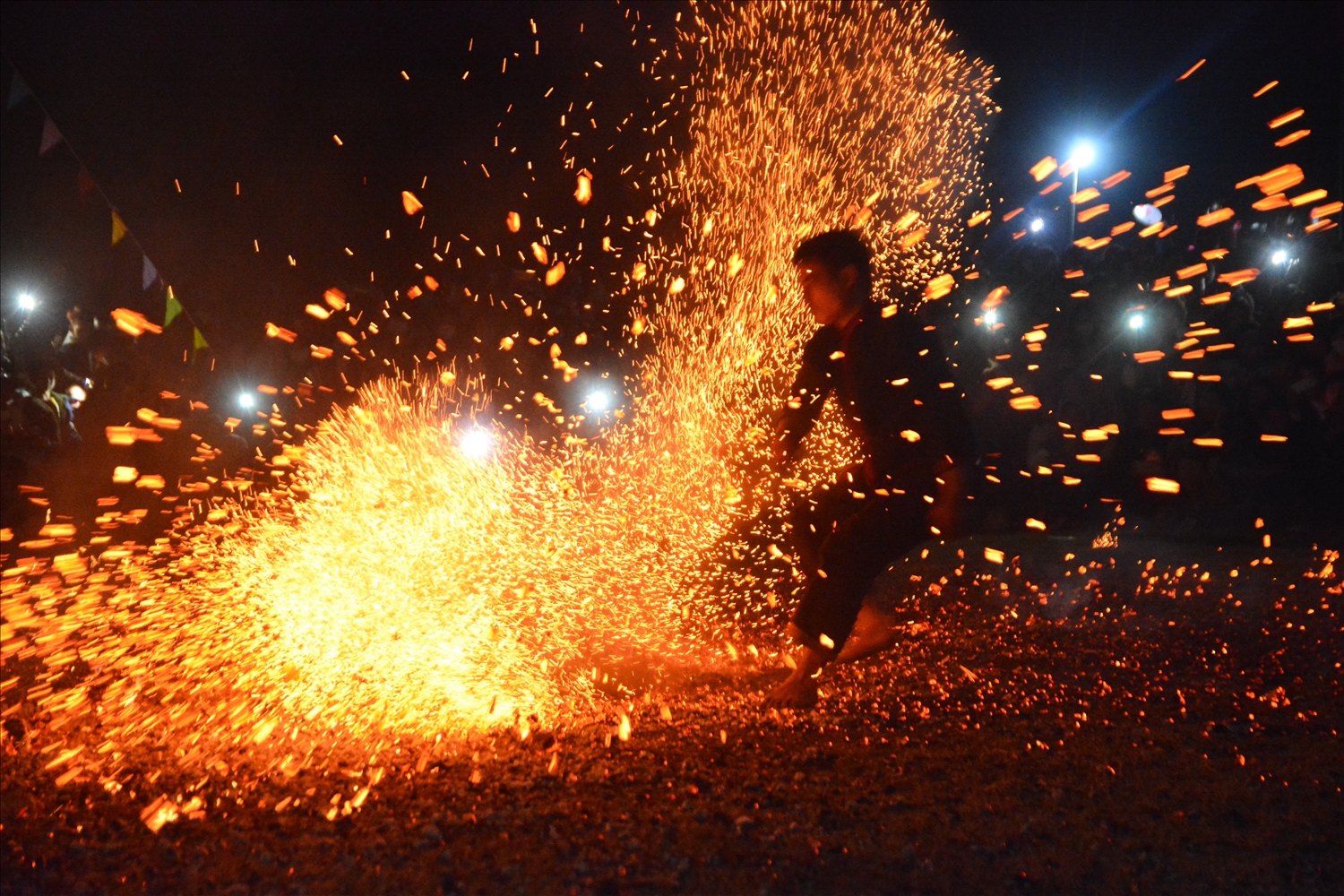
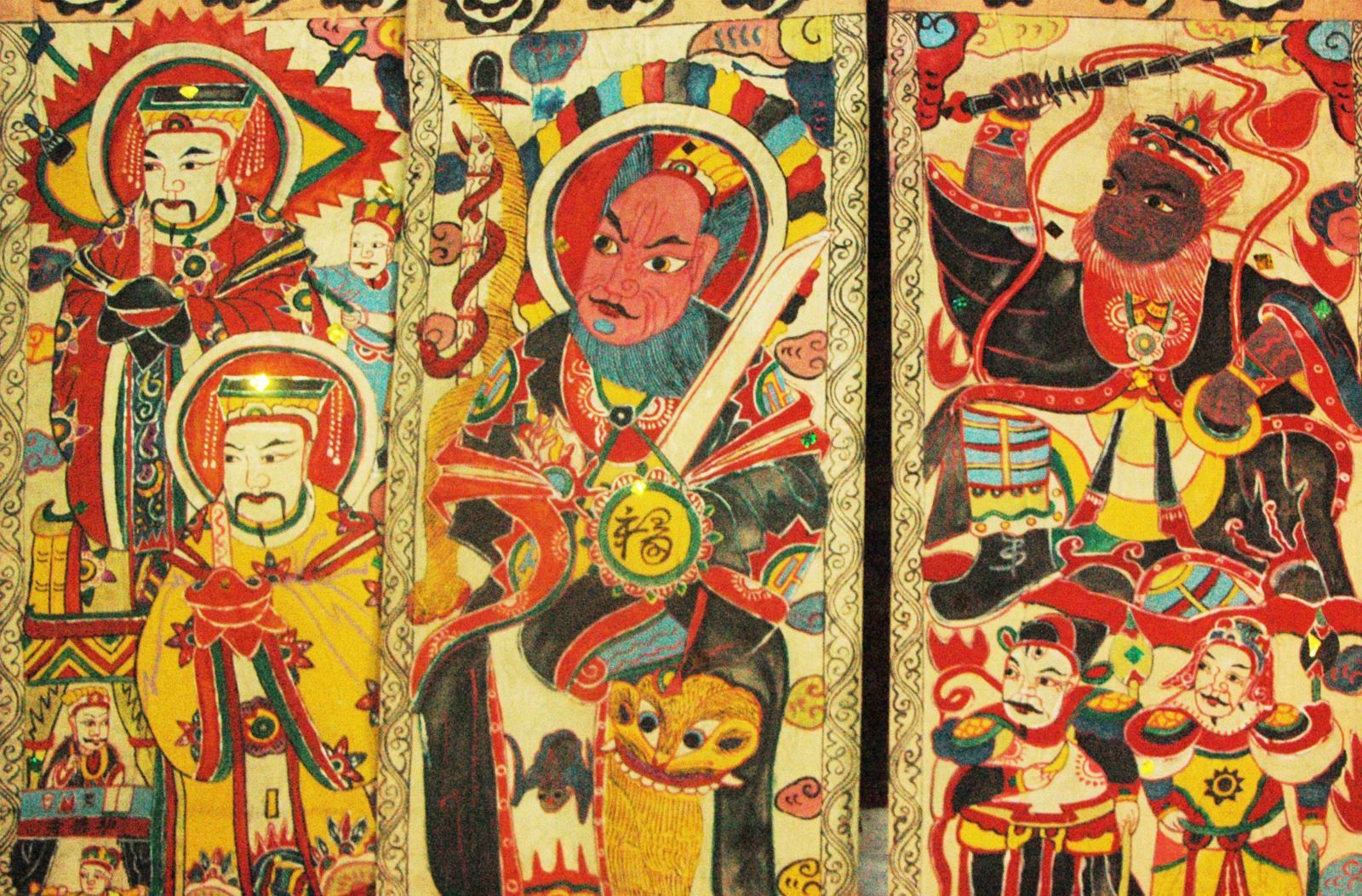

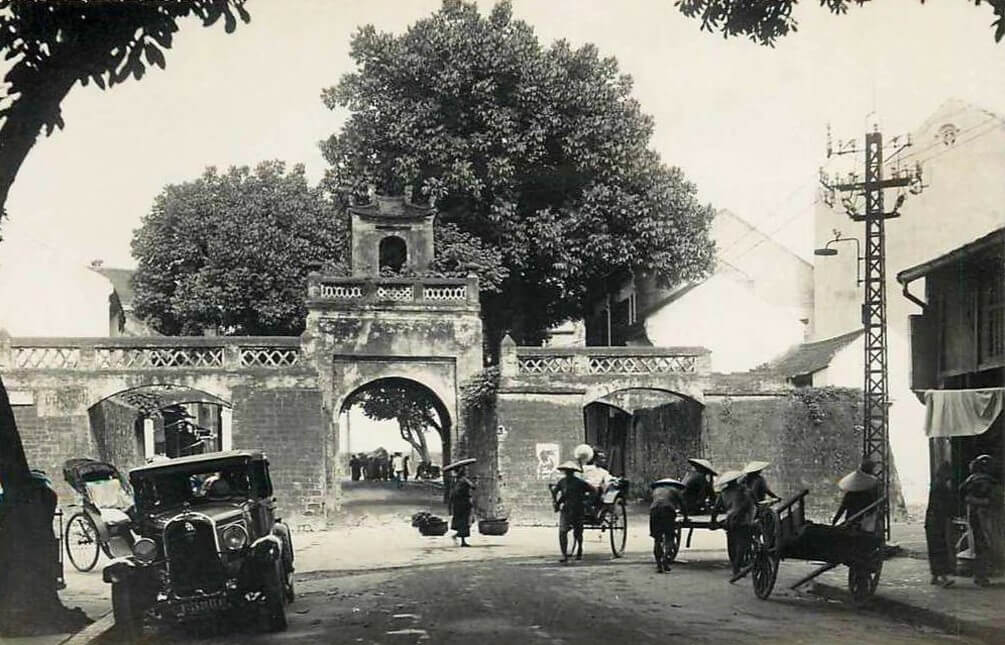

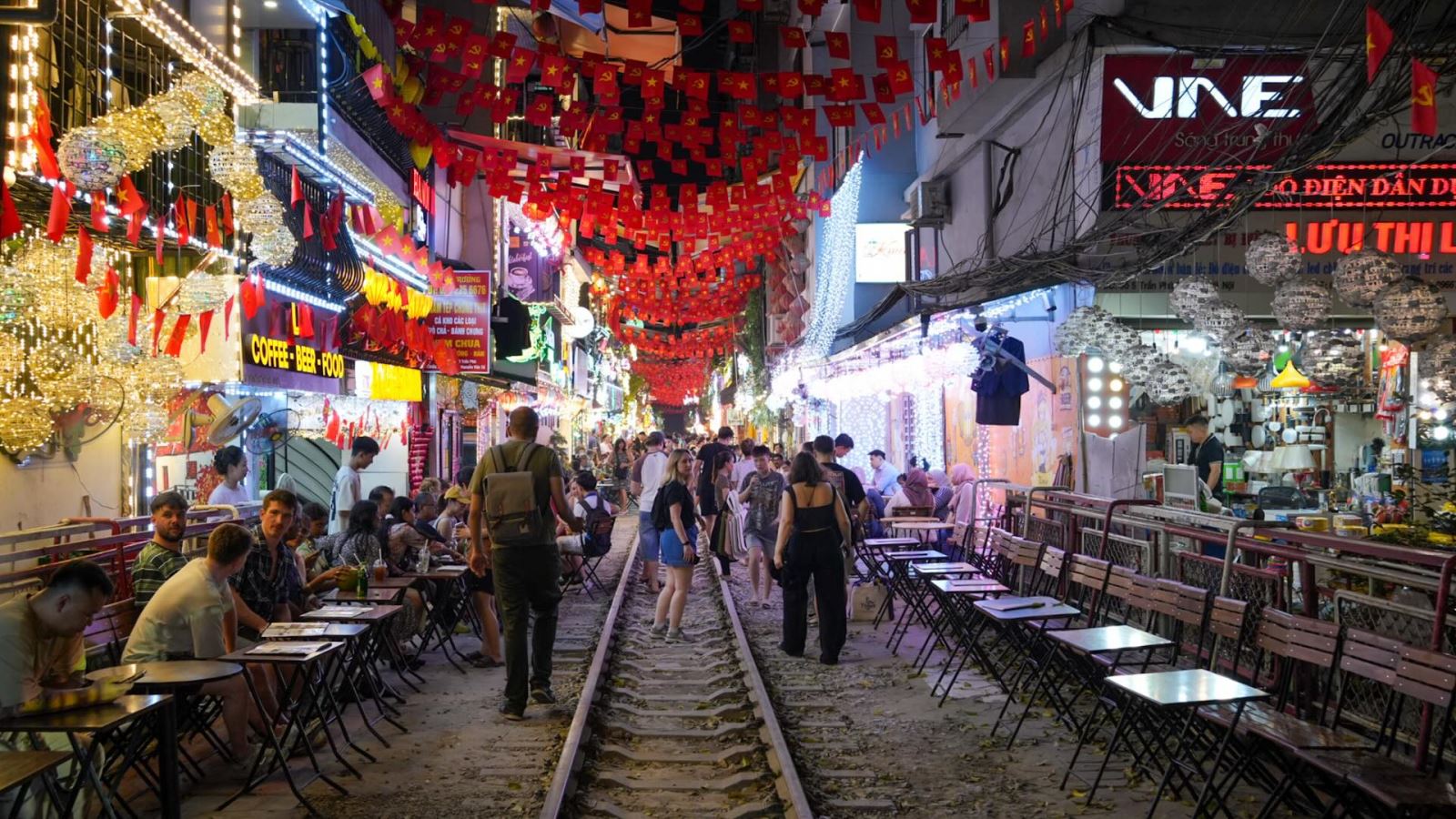
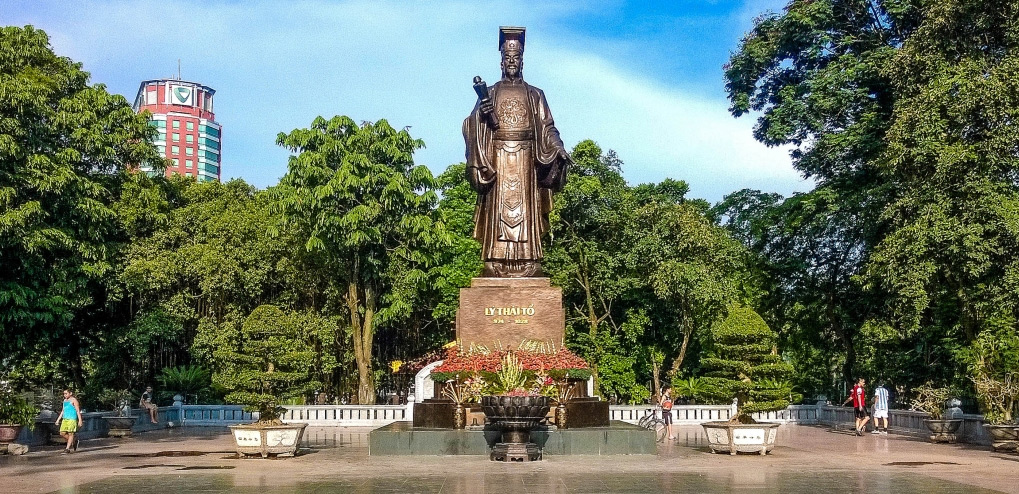



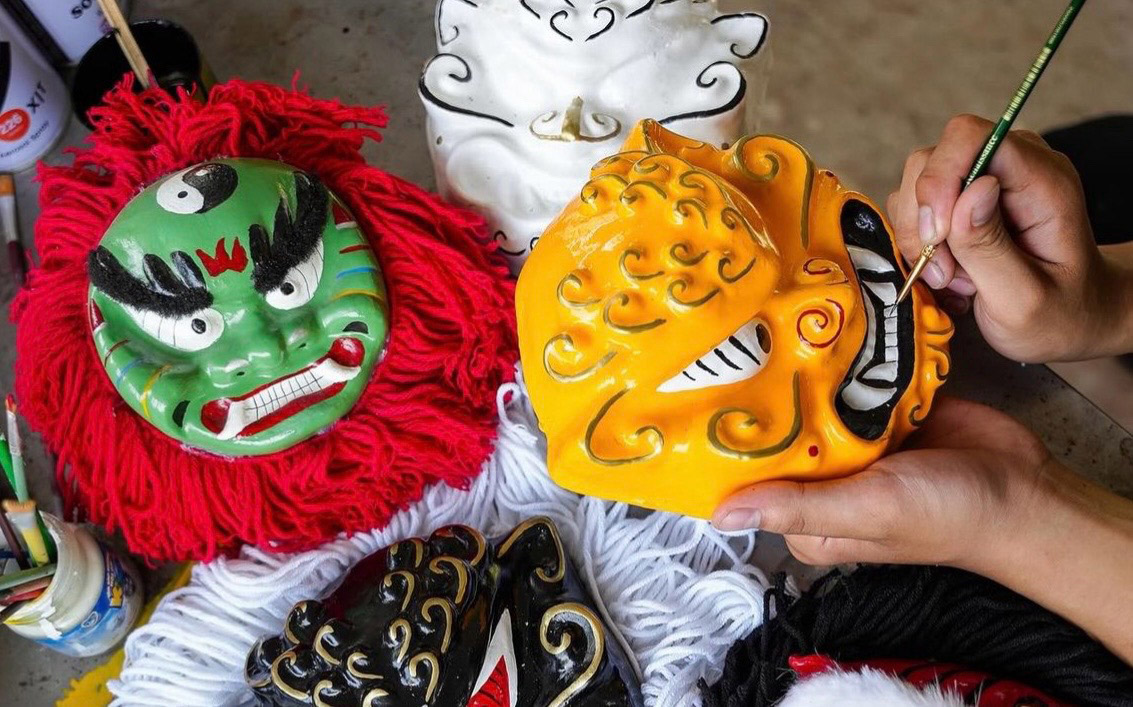
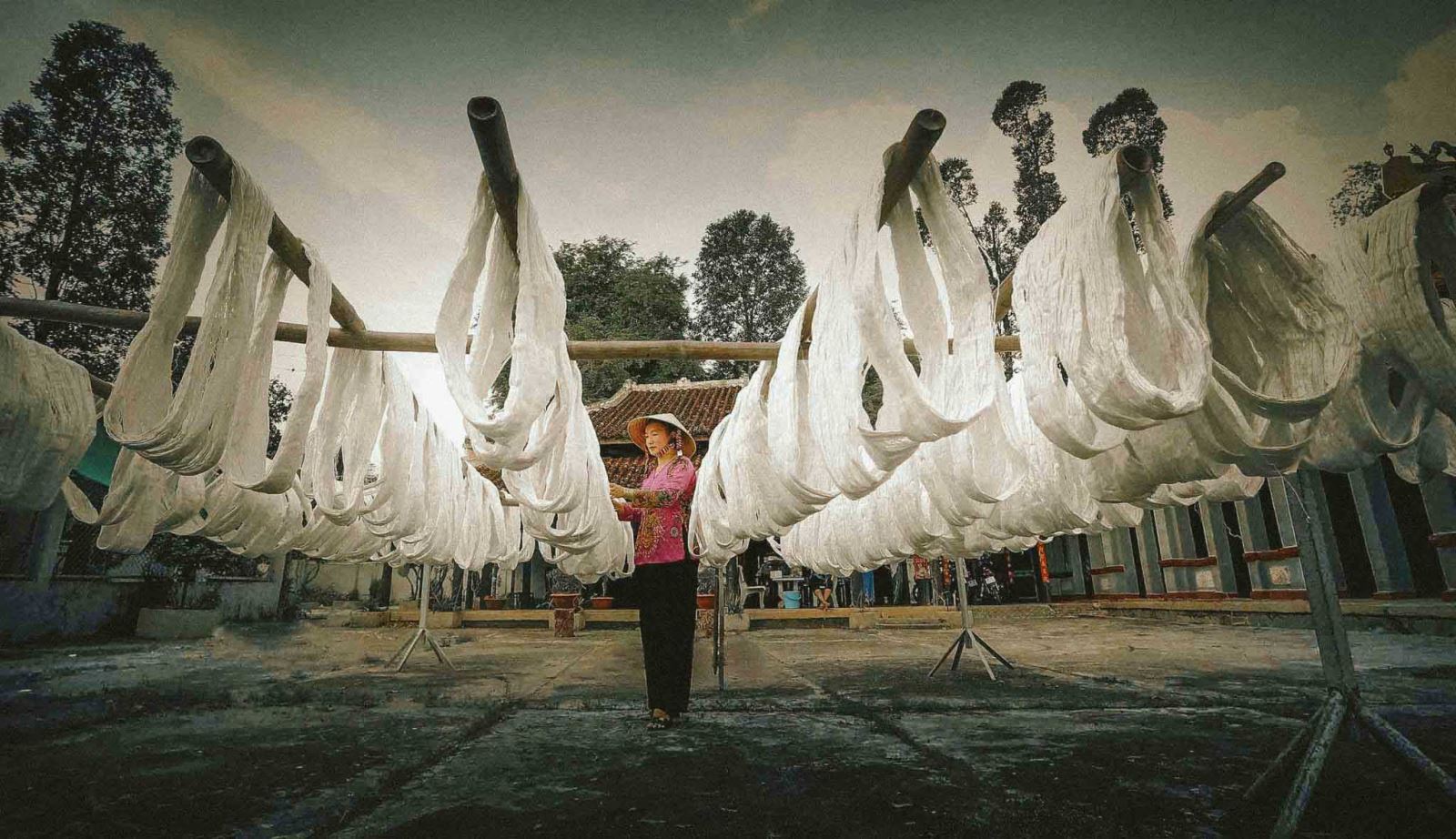

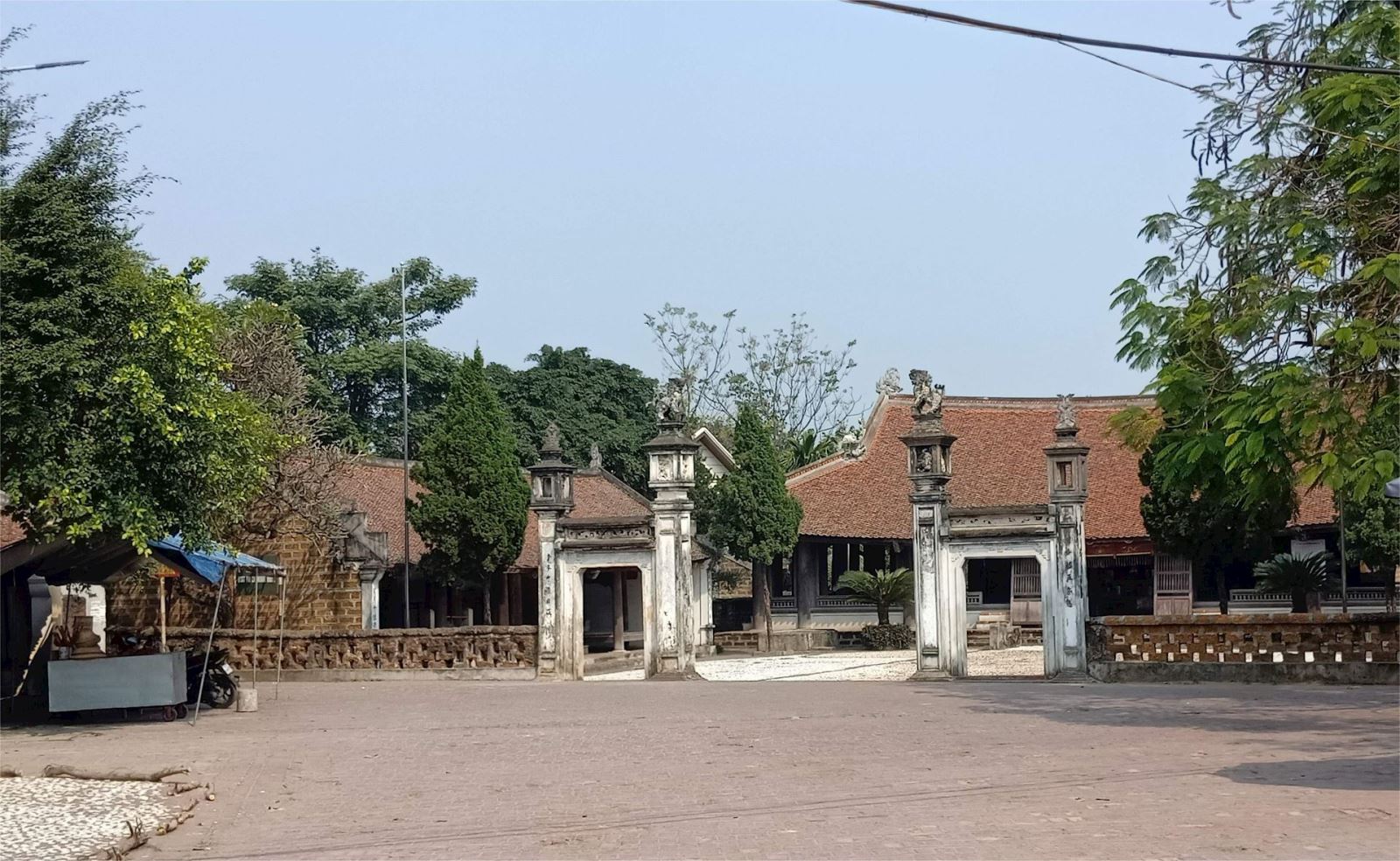
.png)